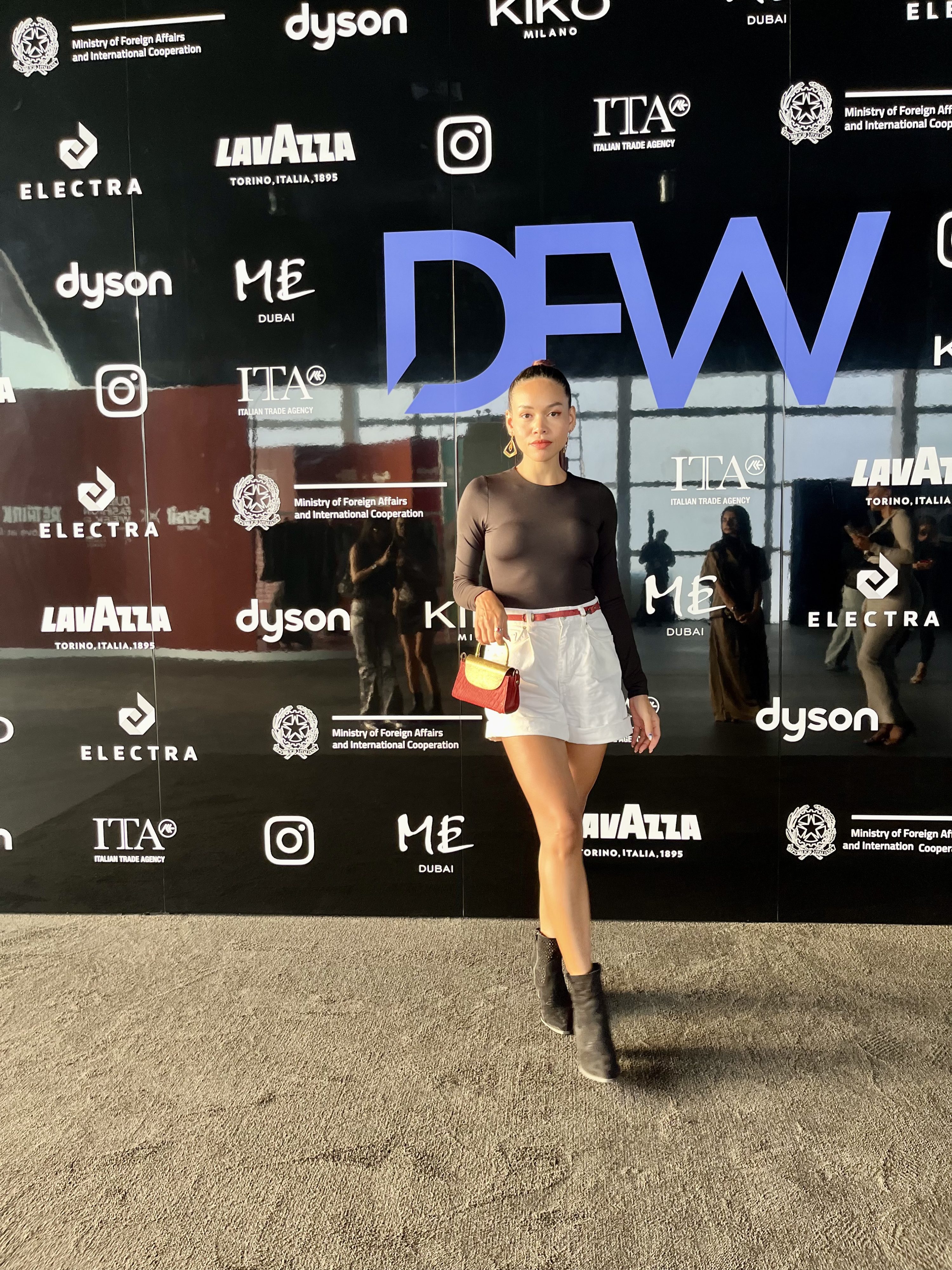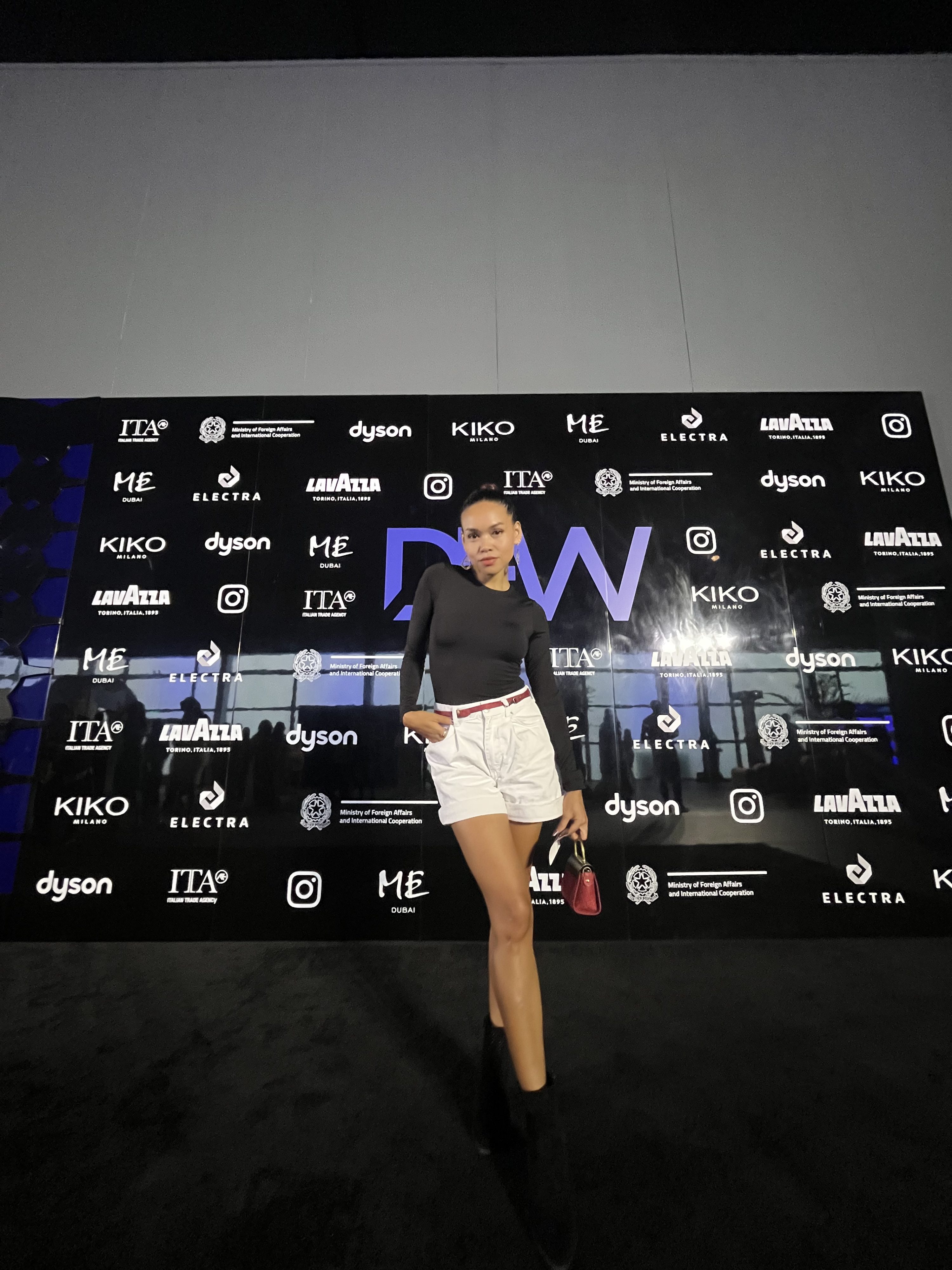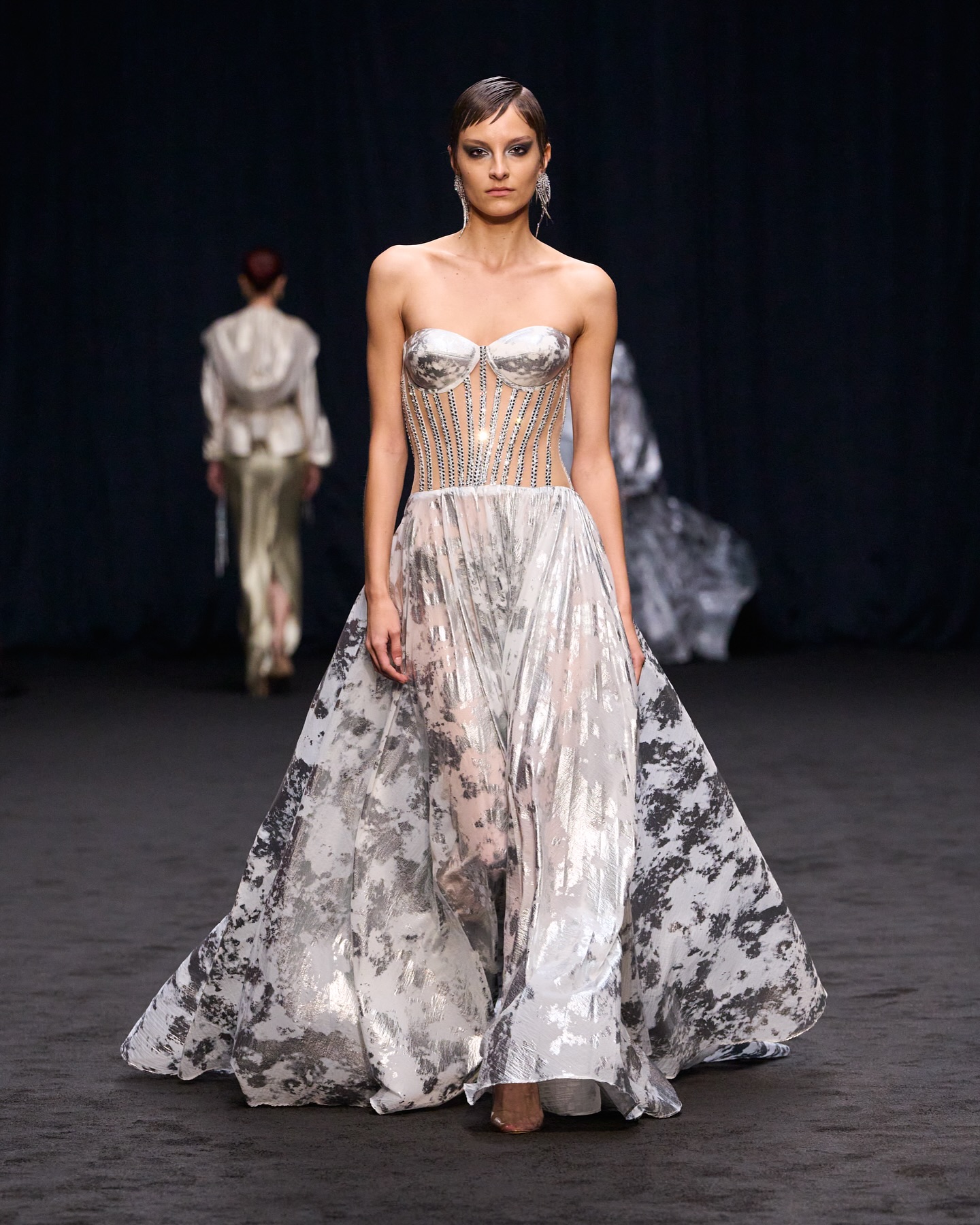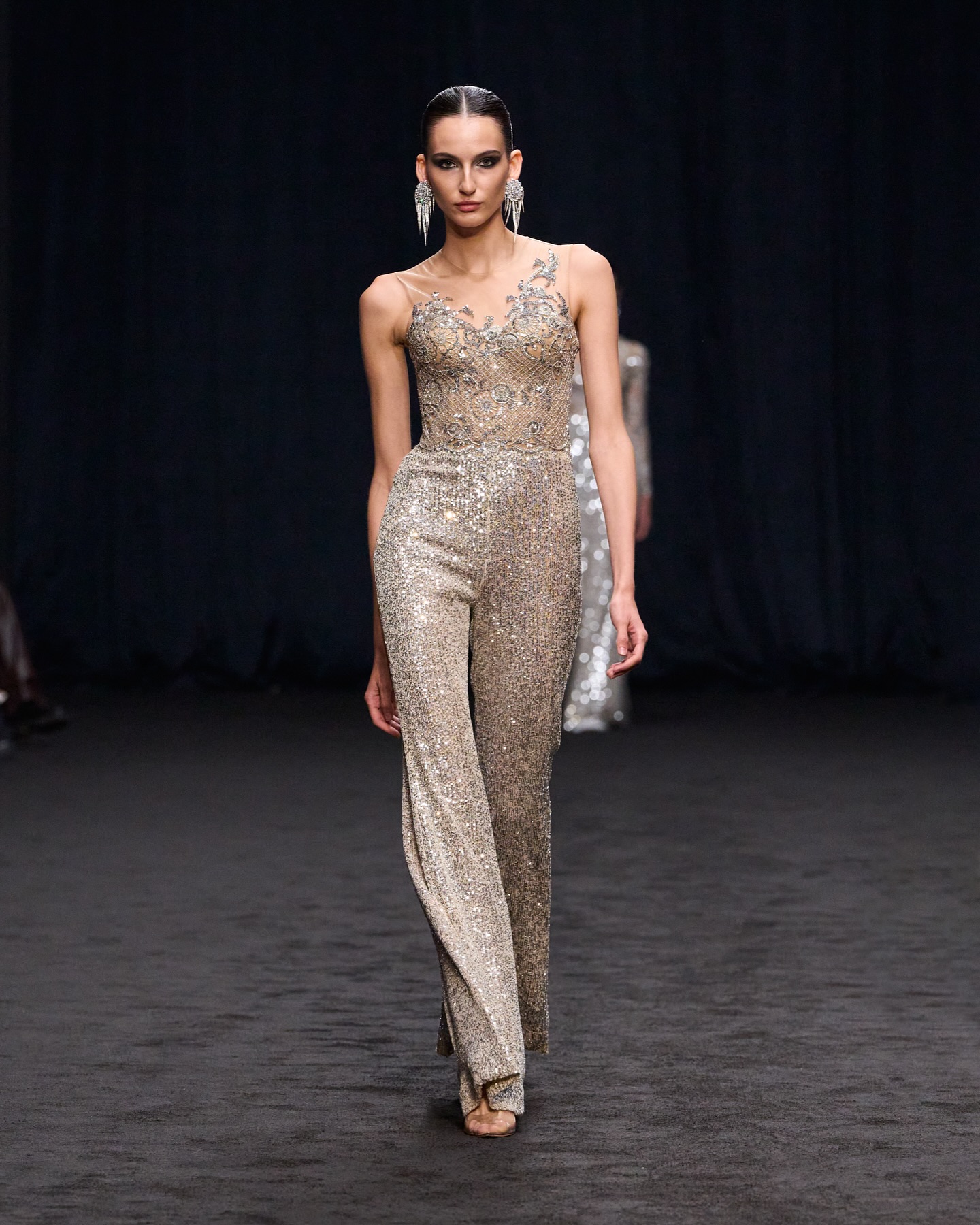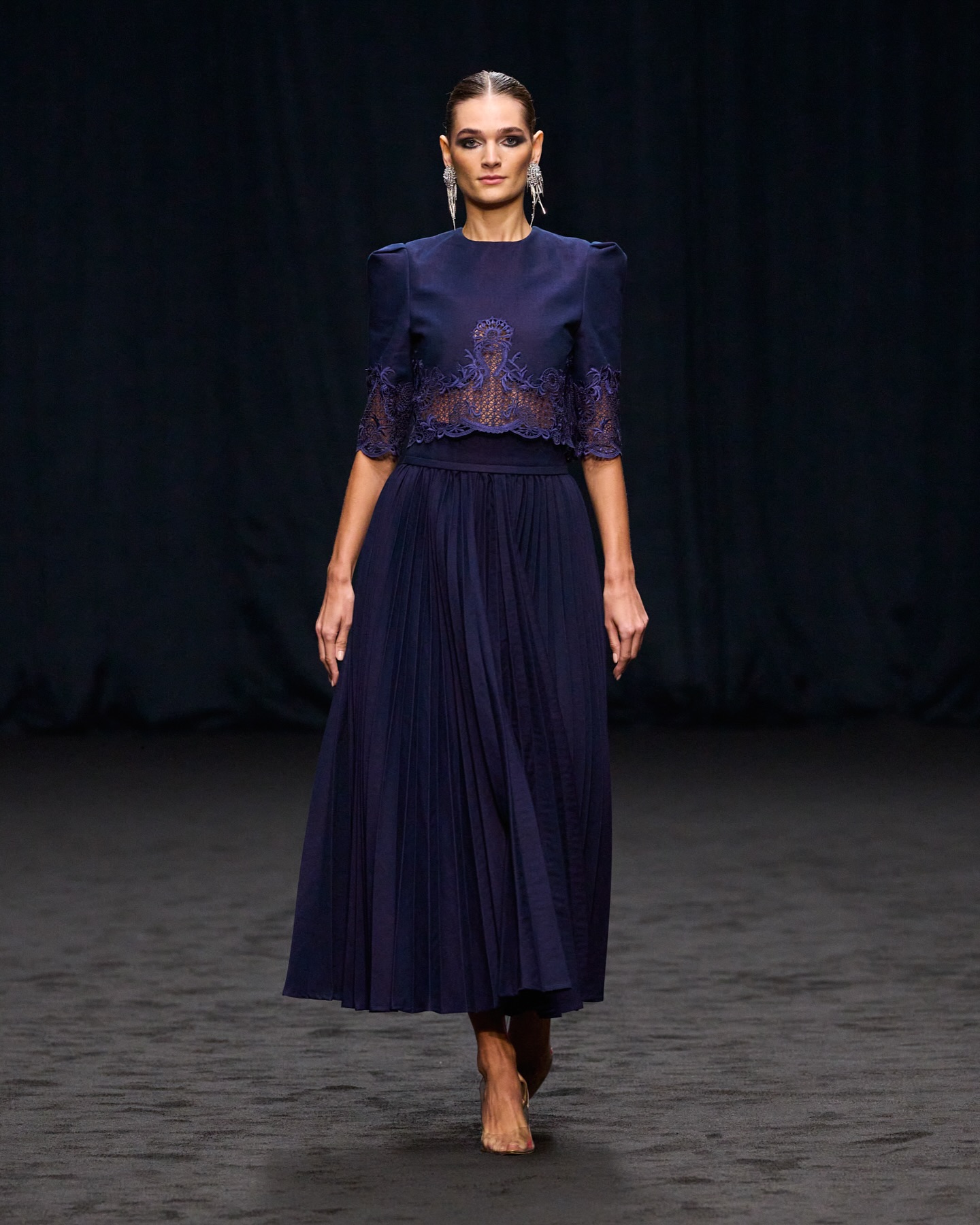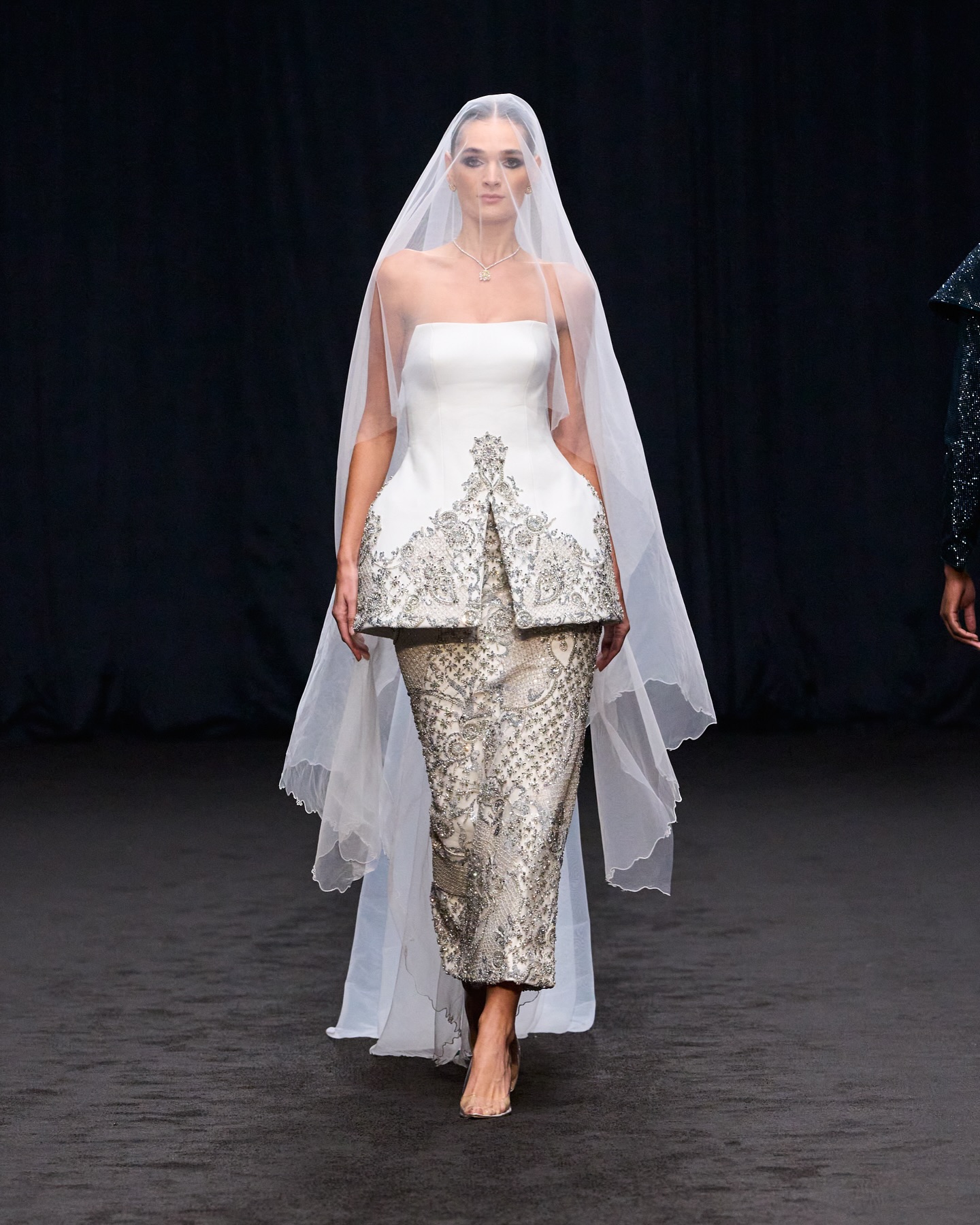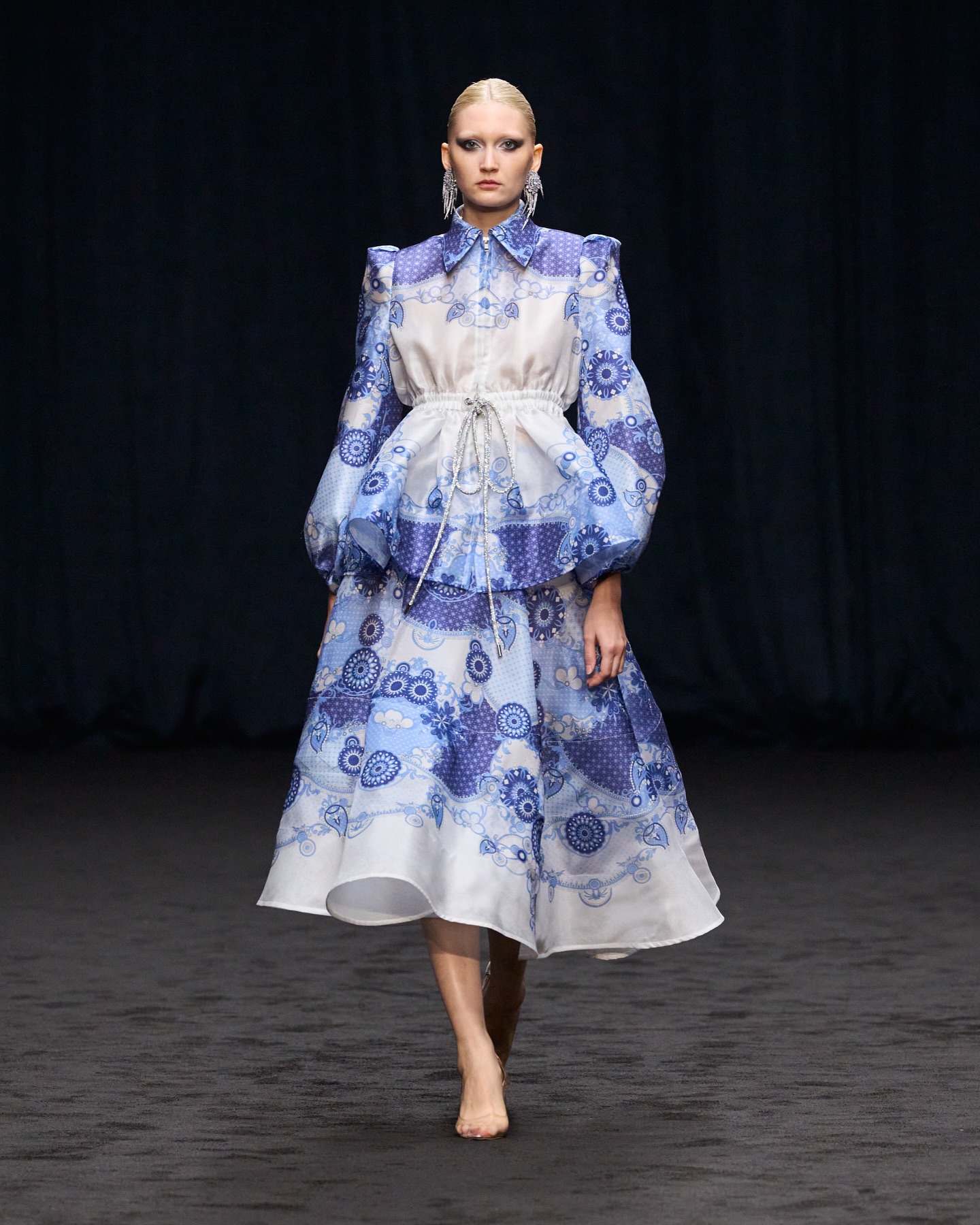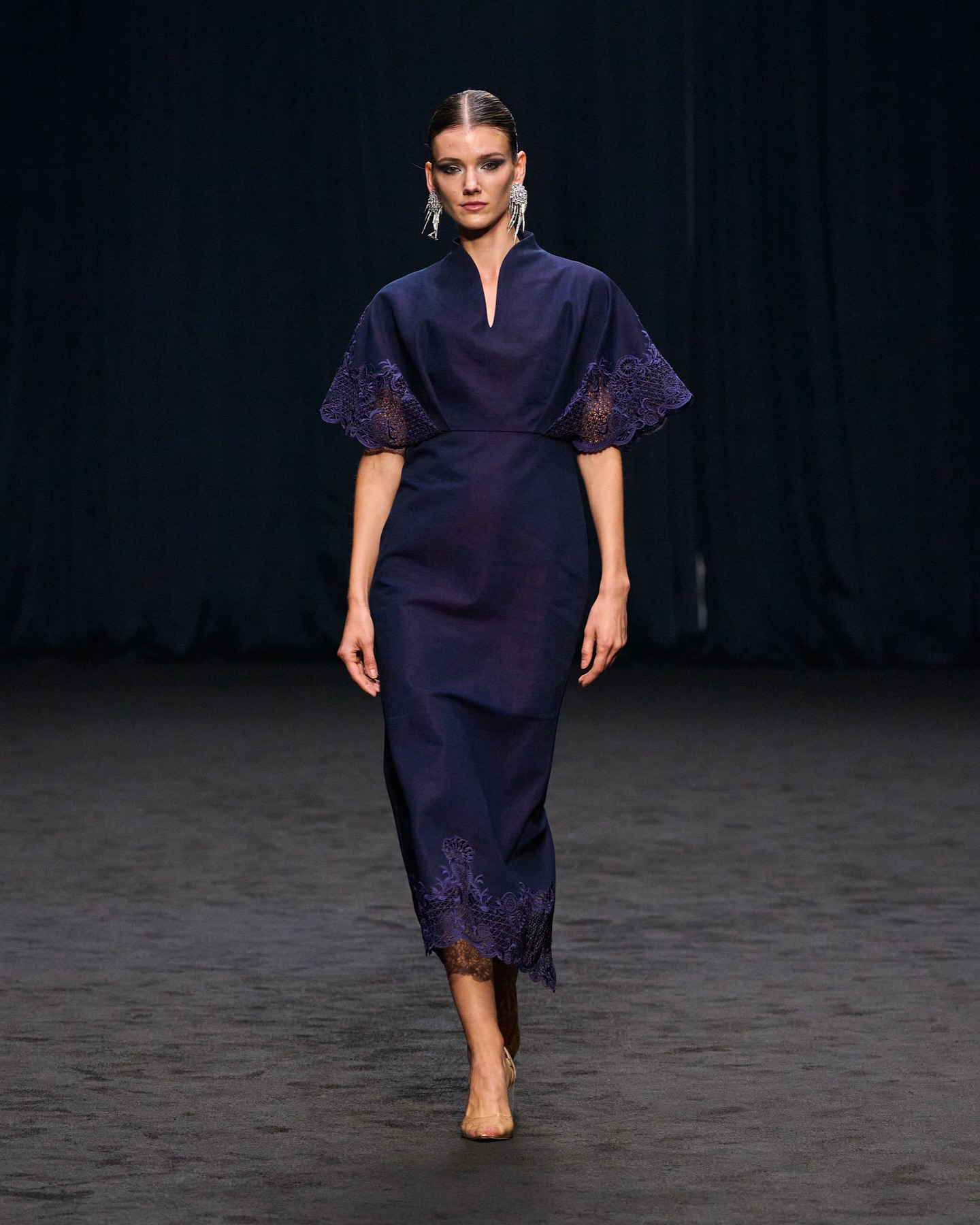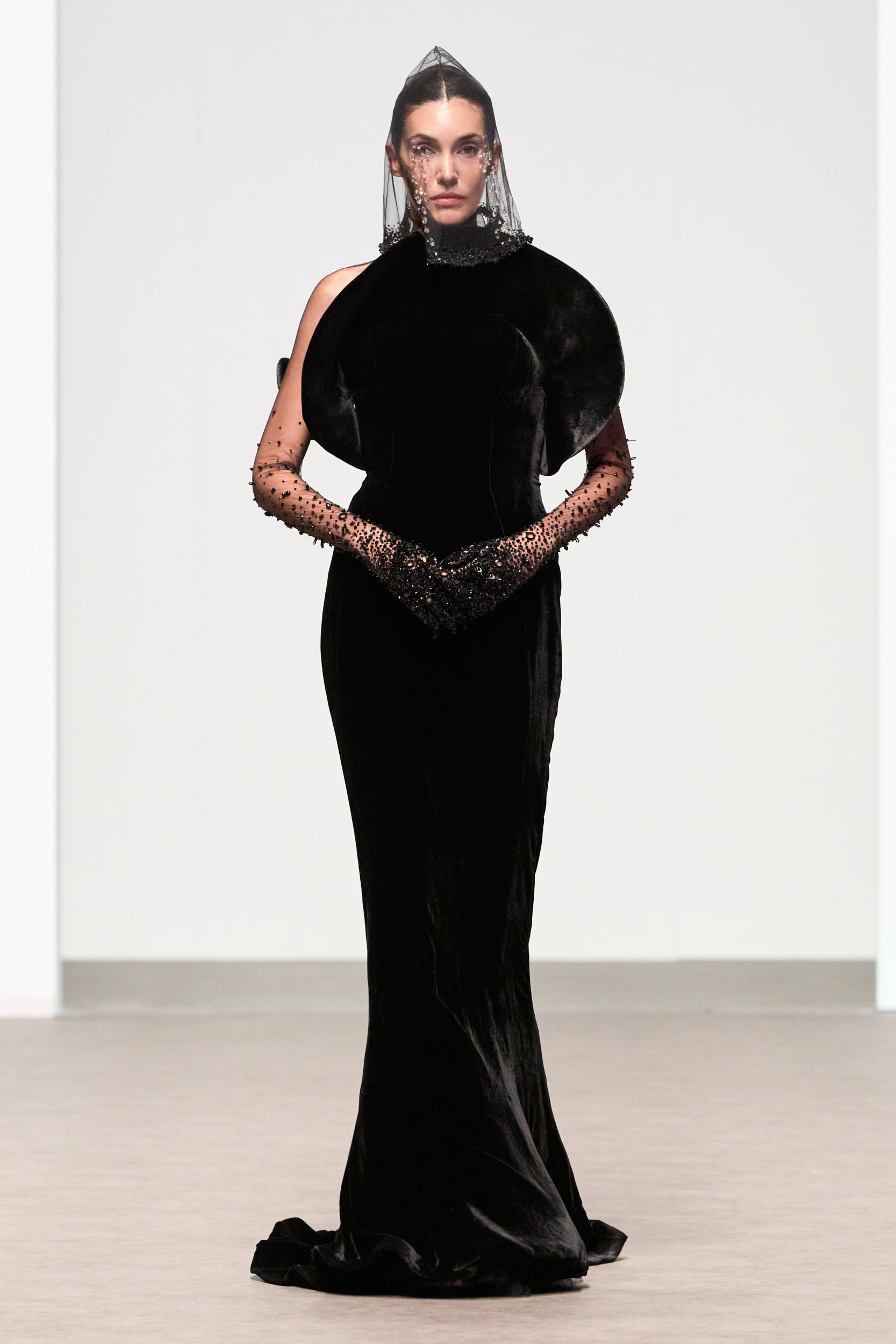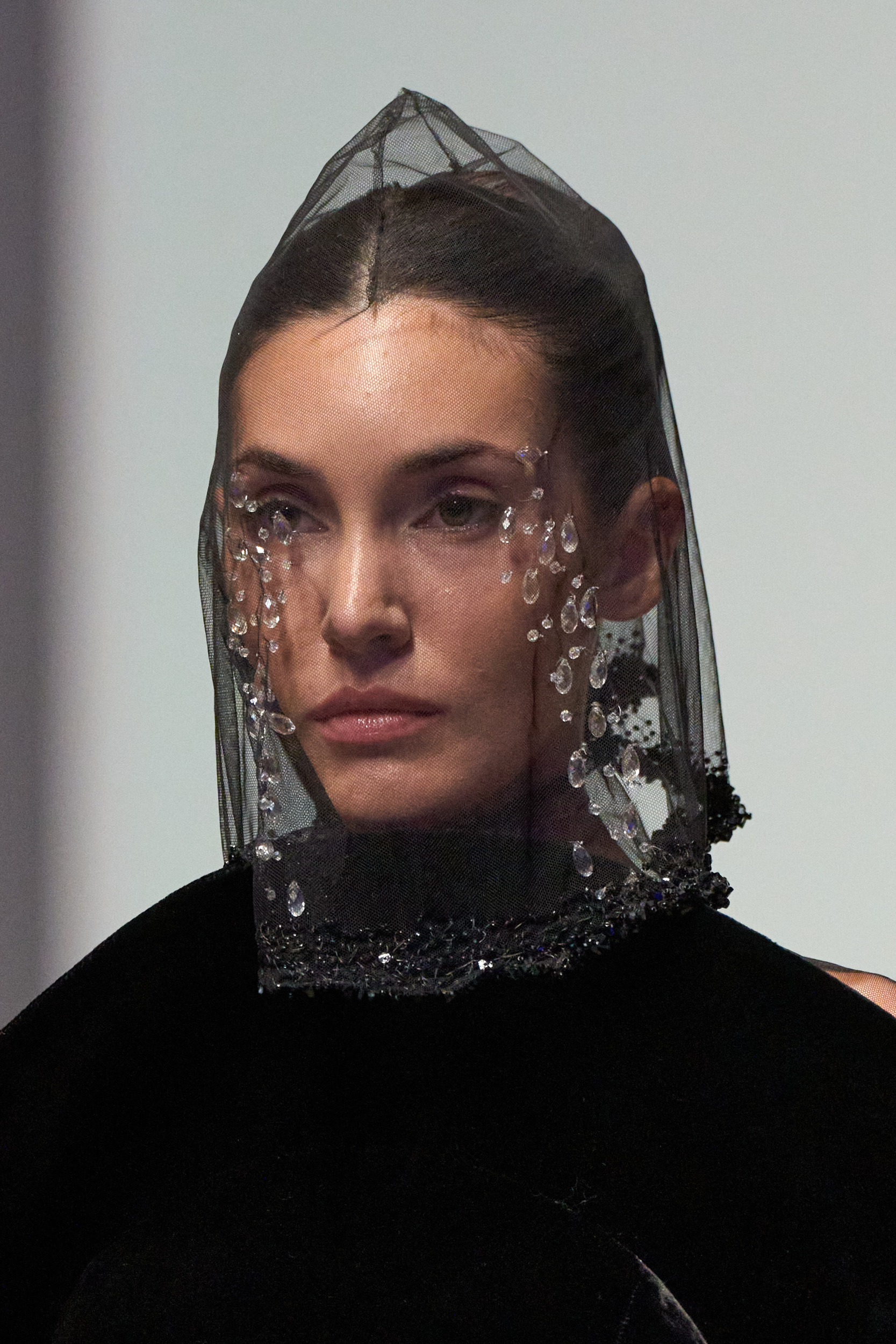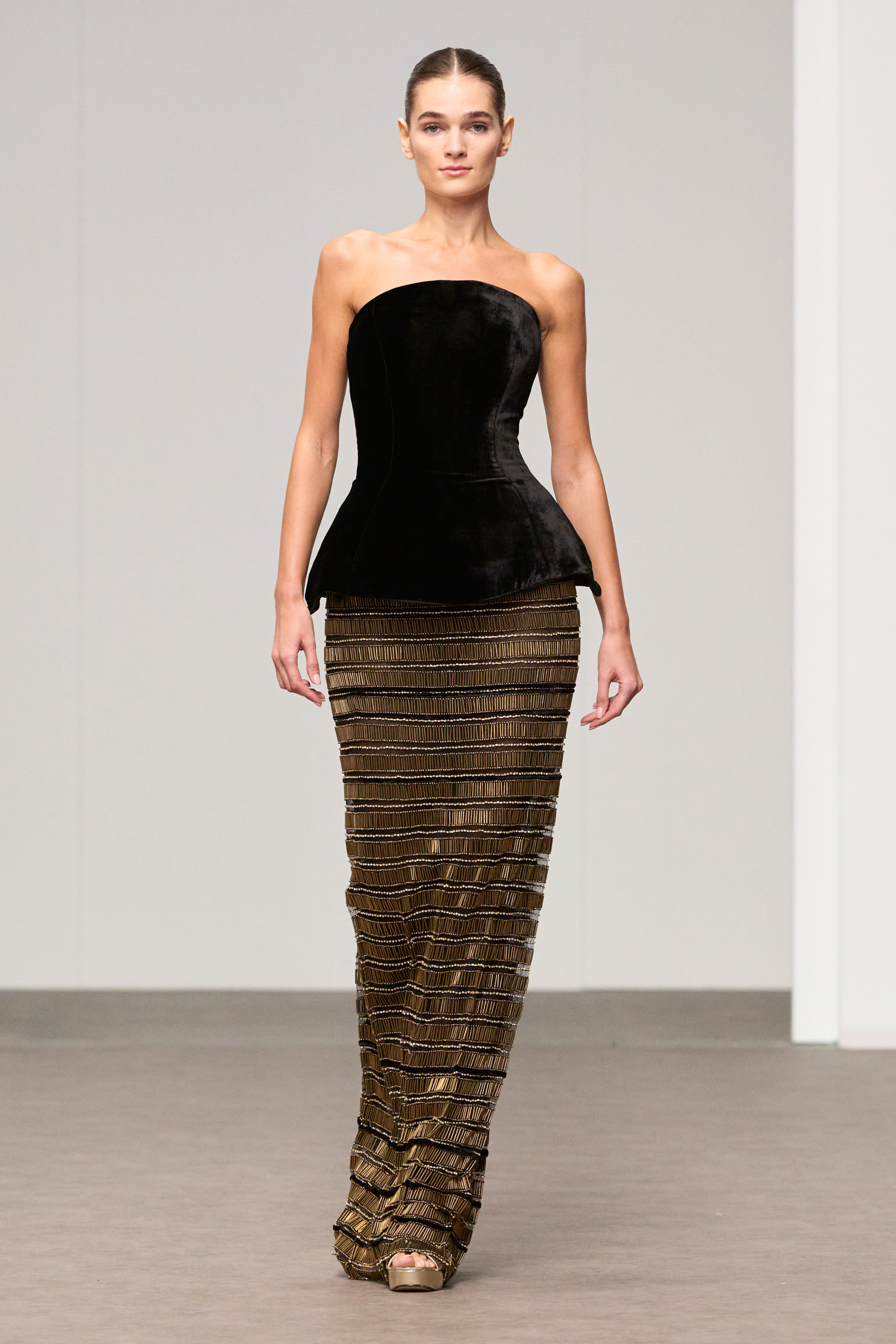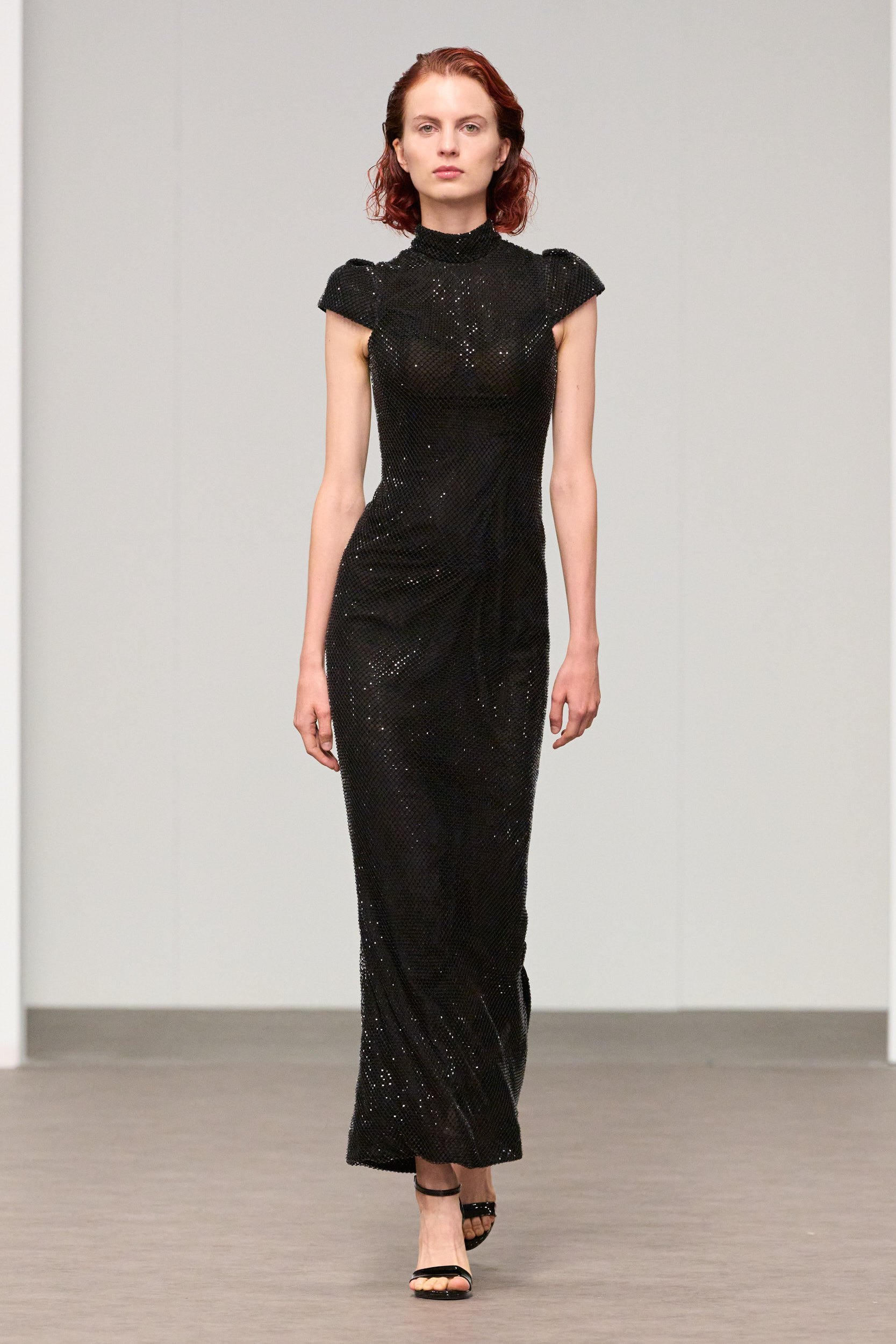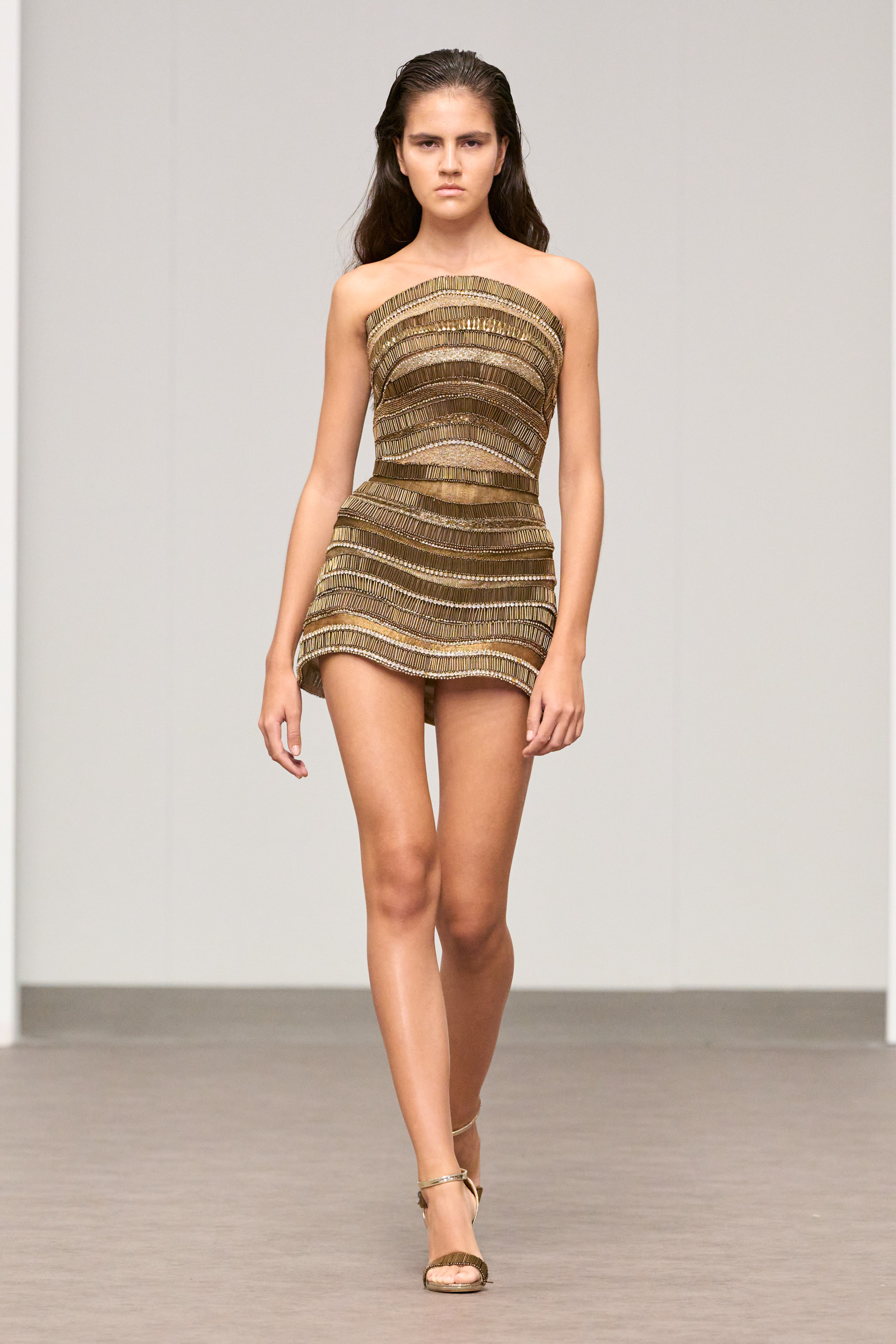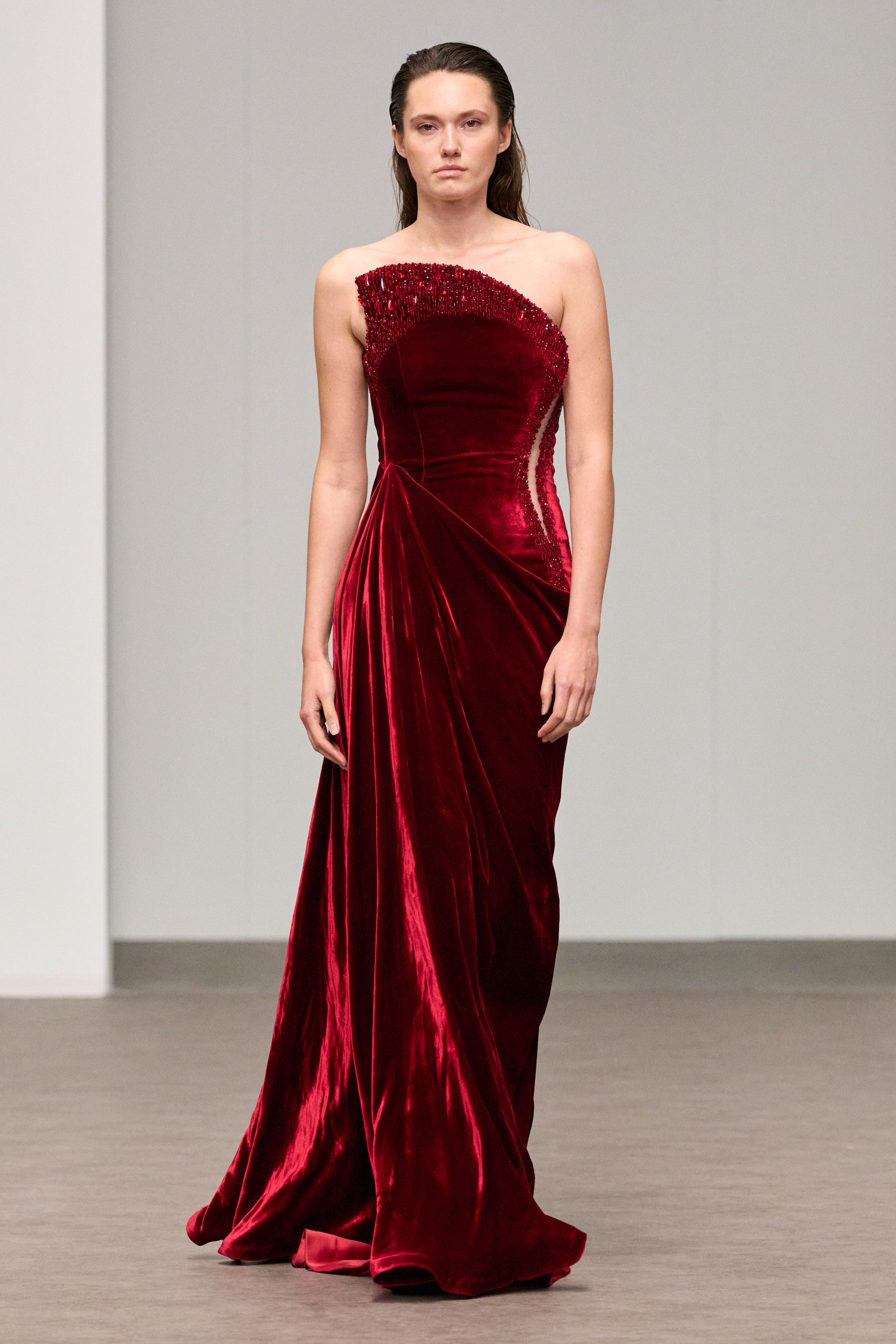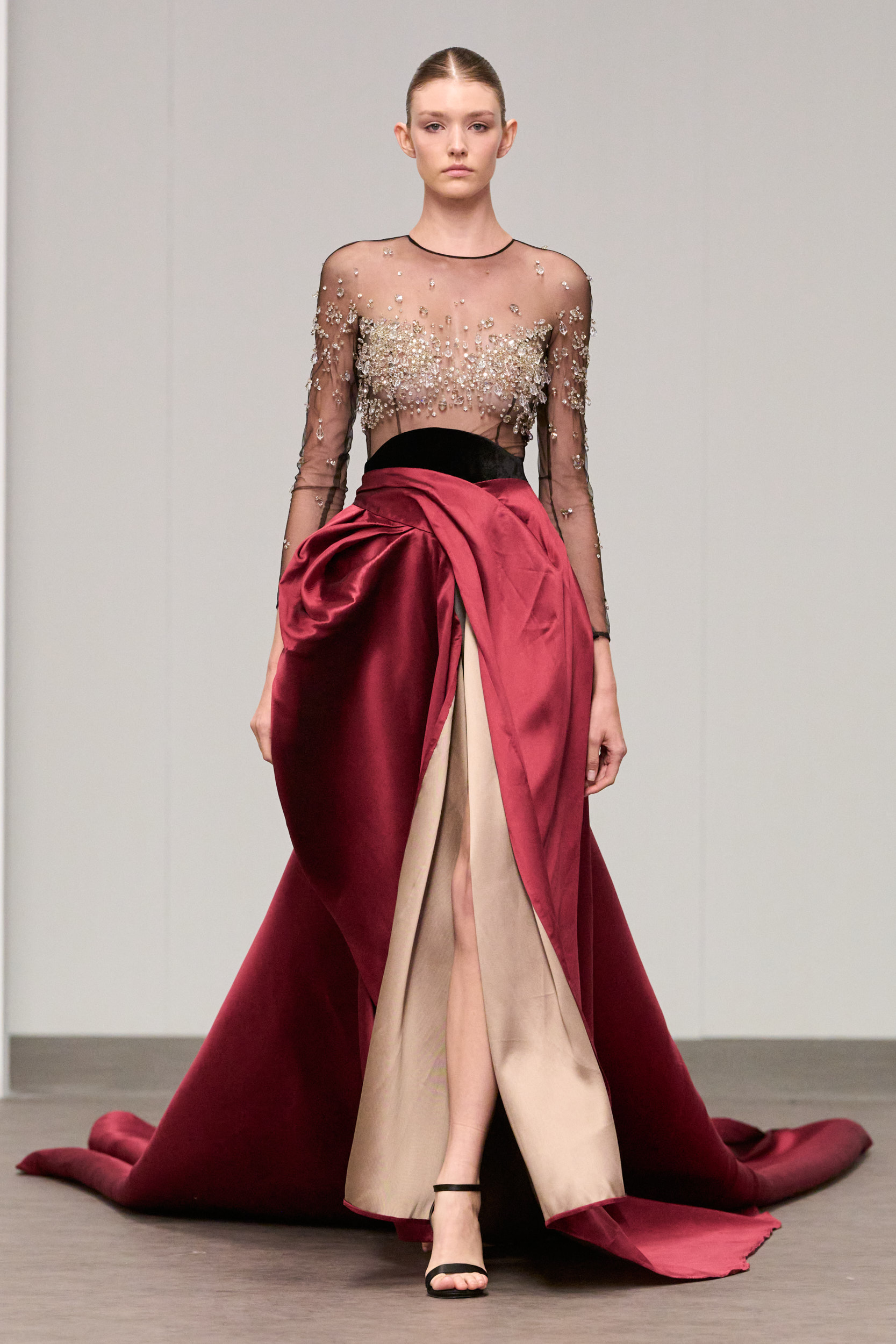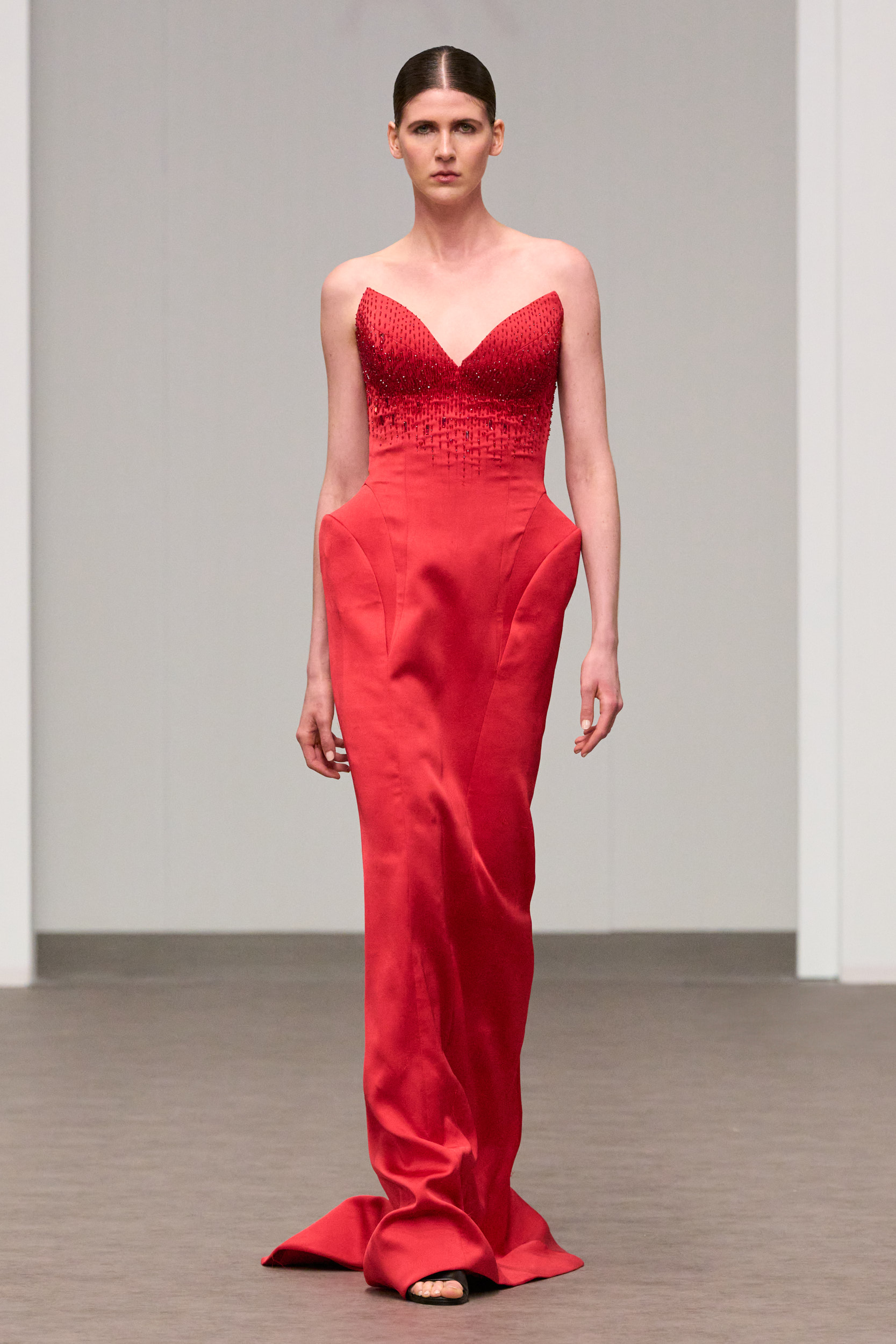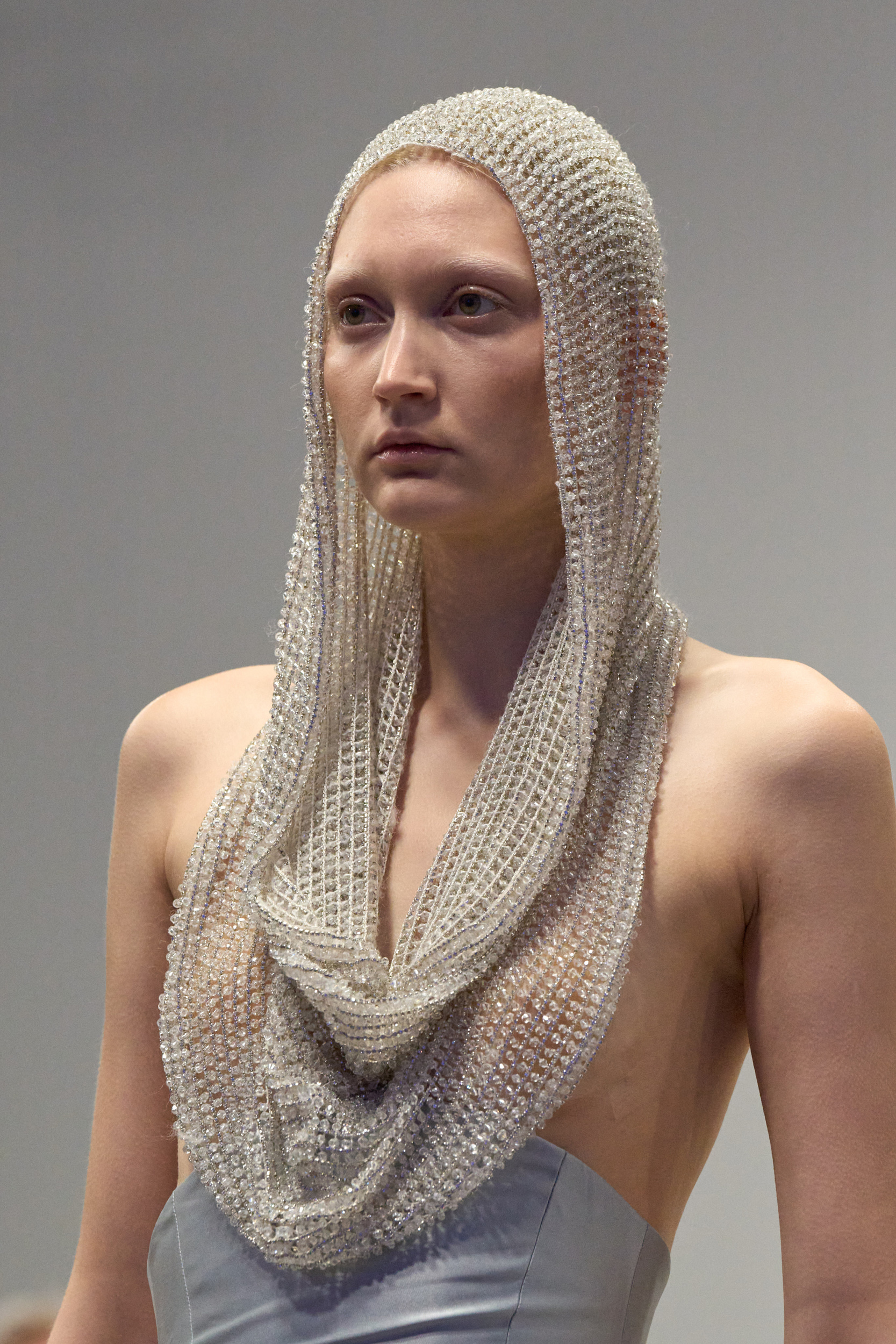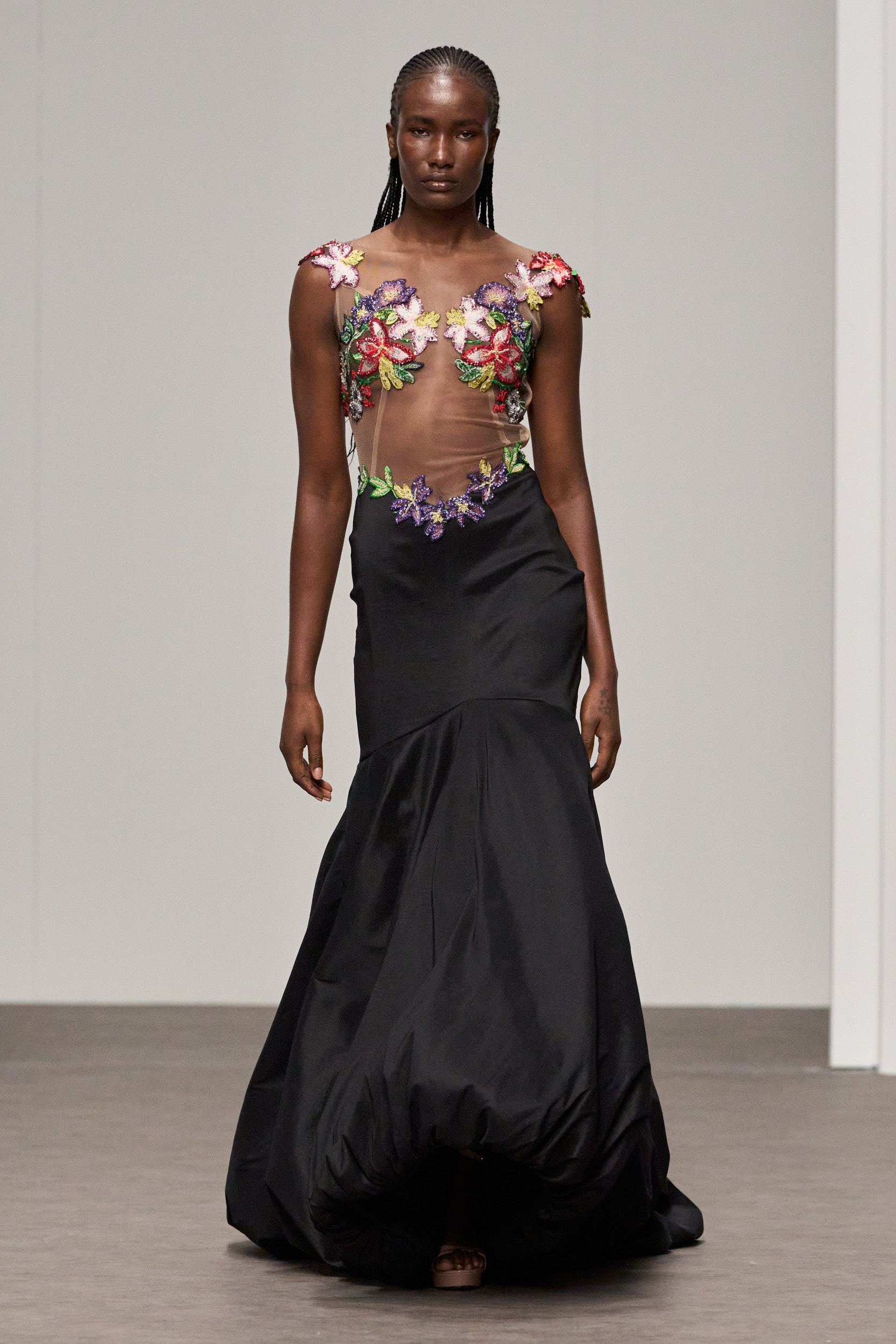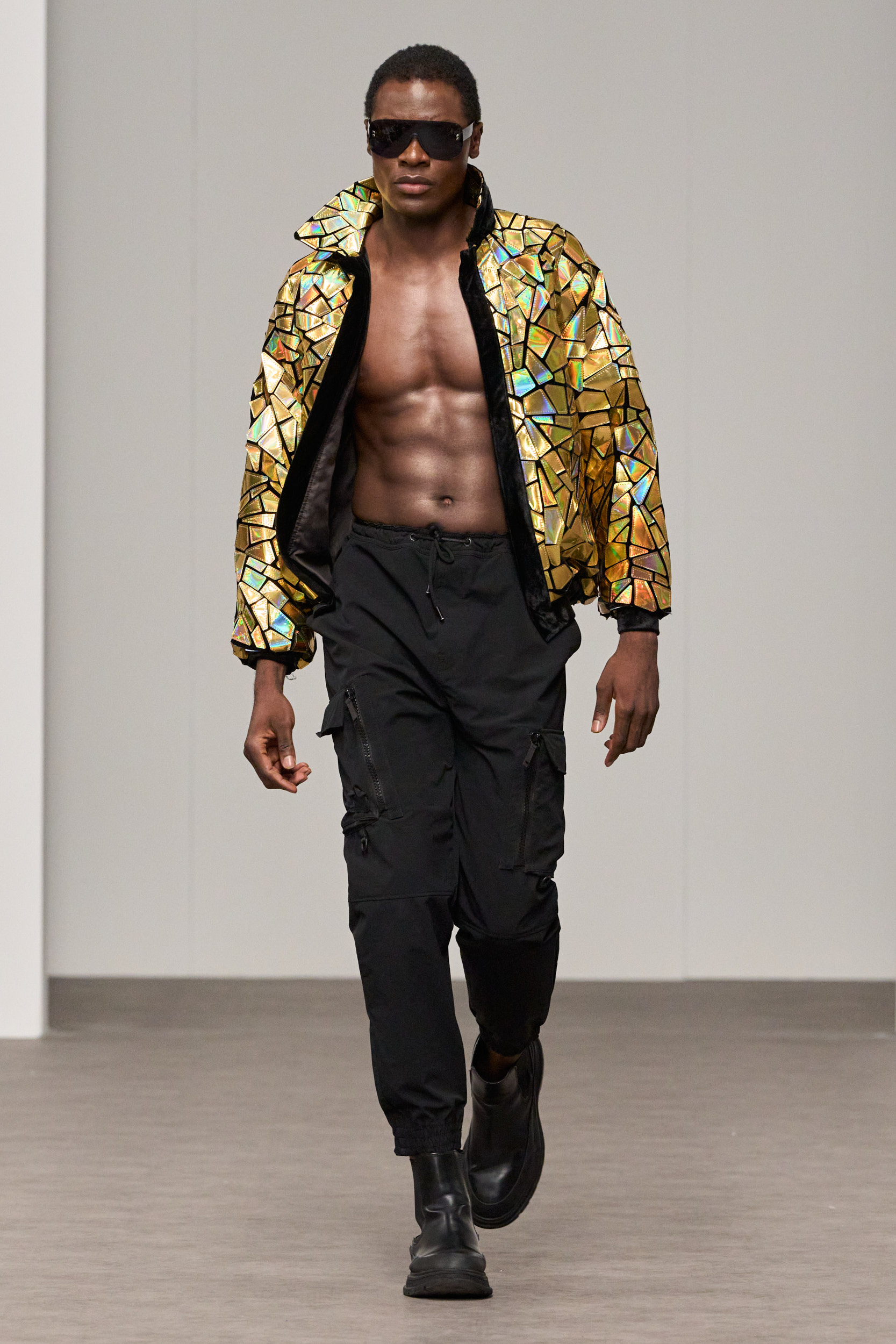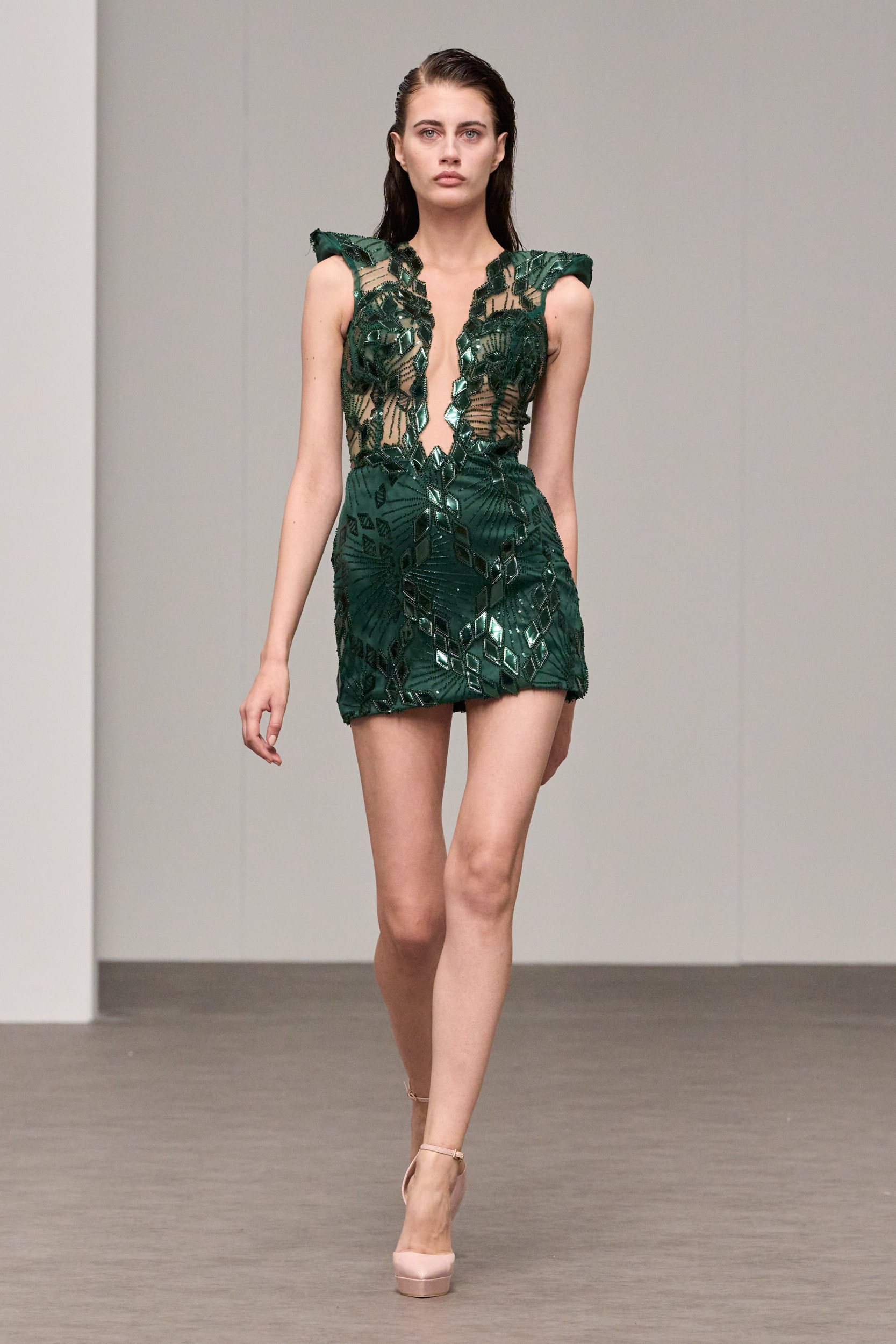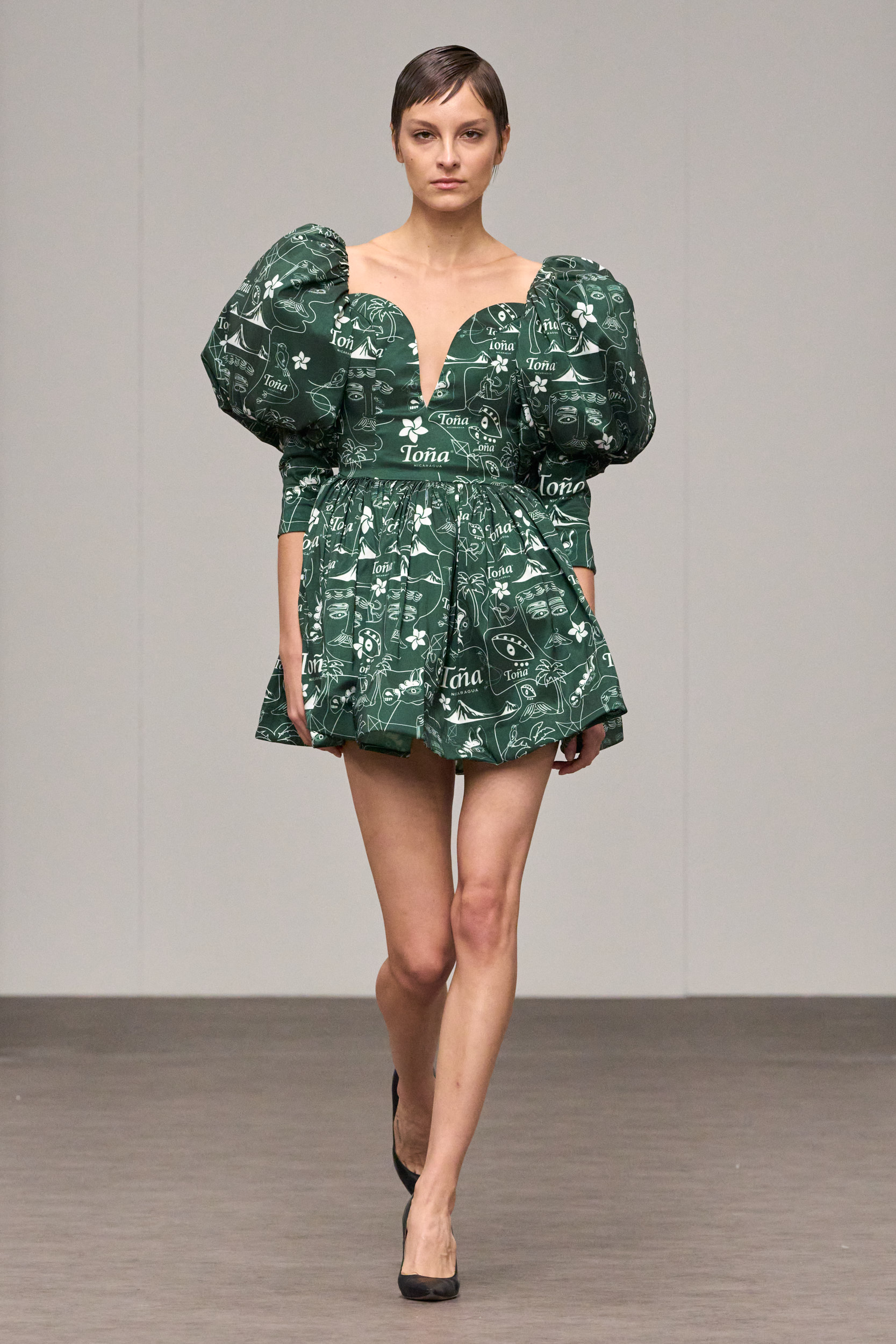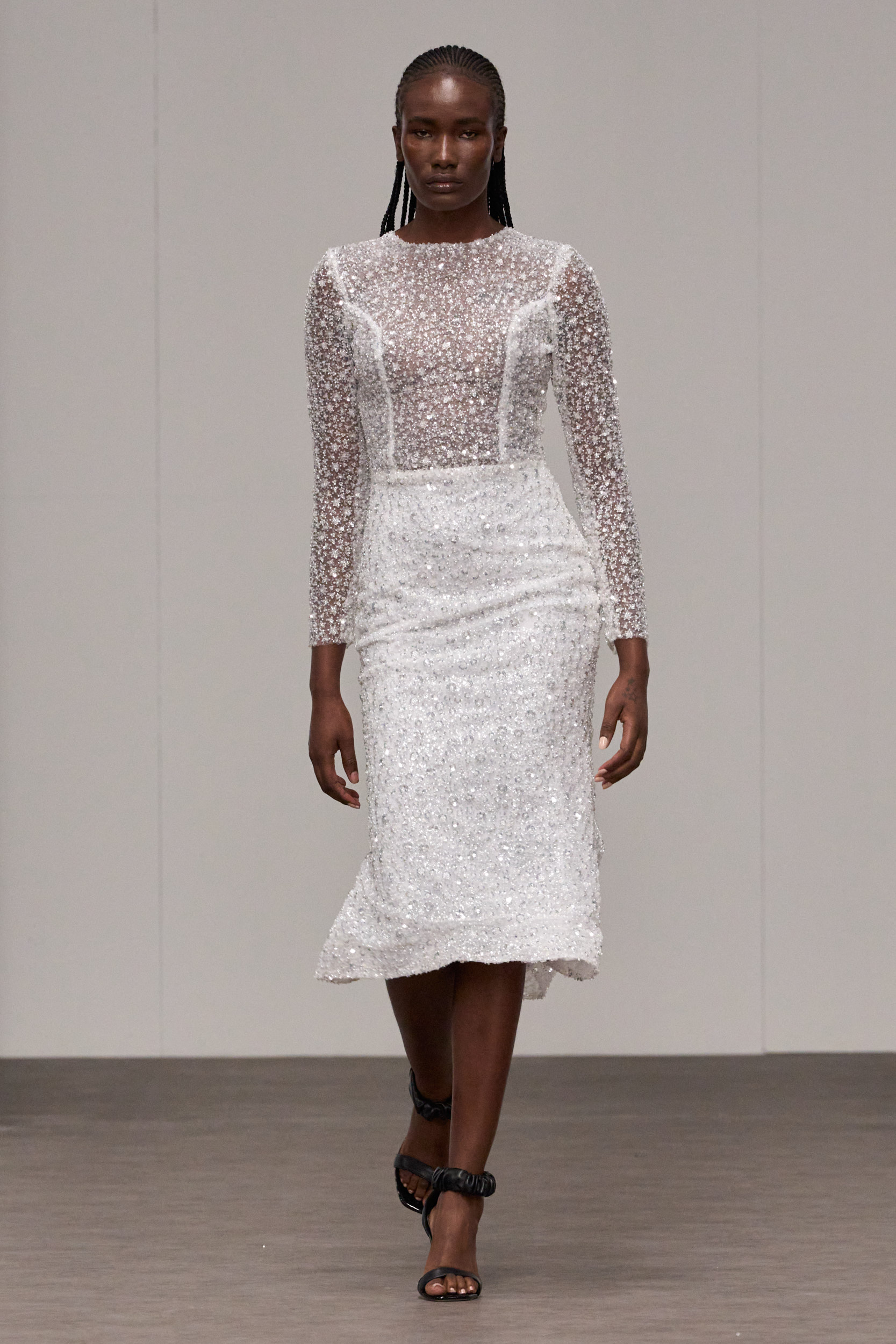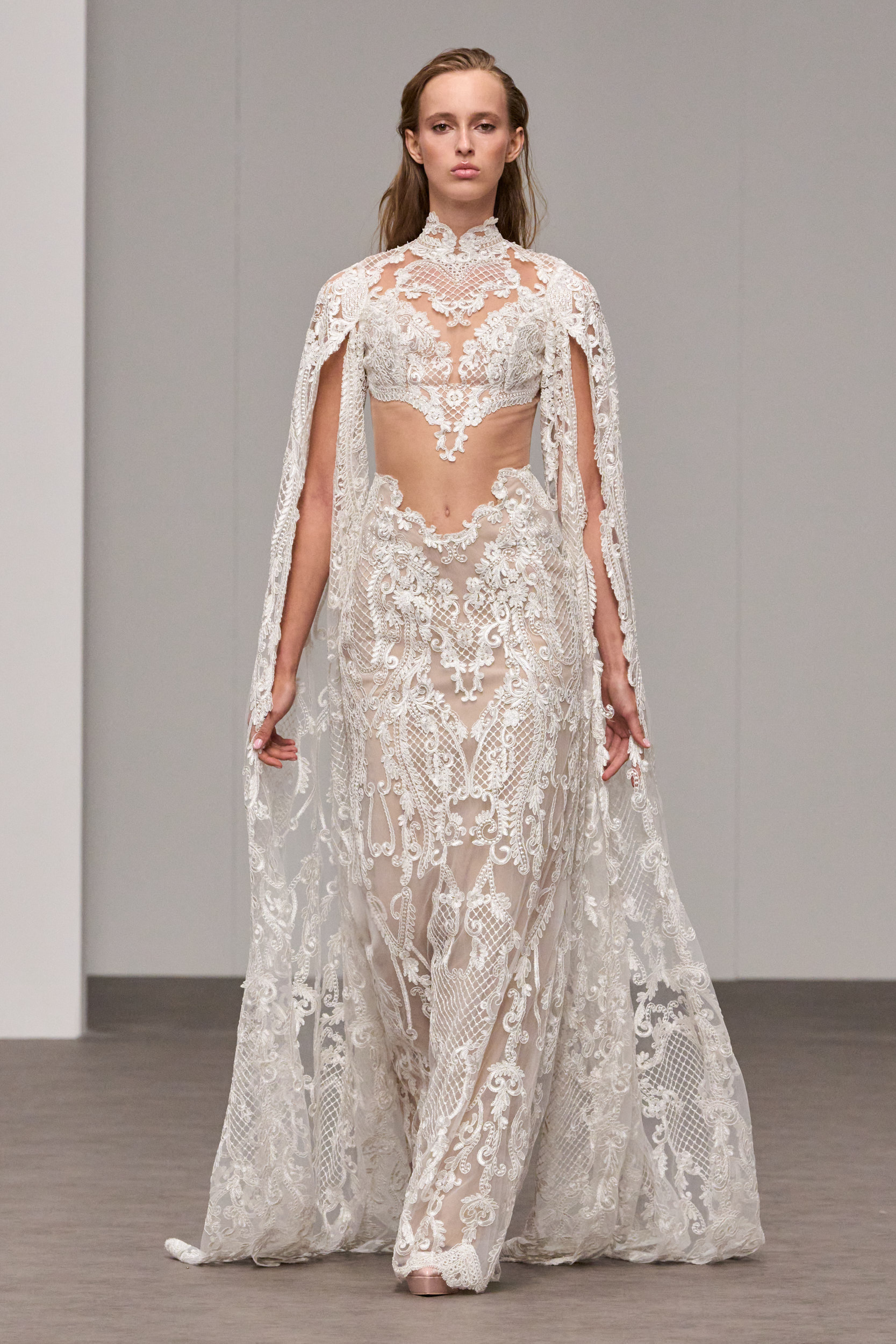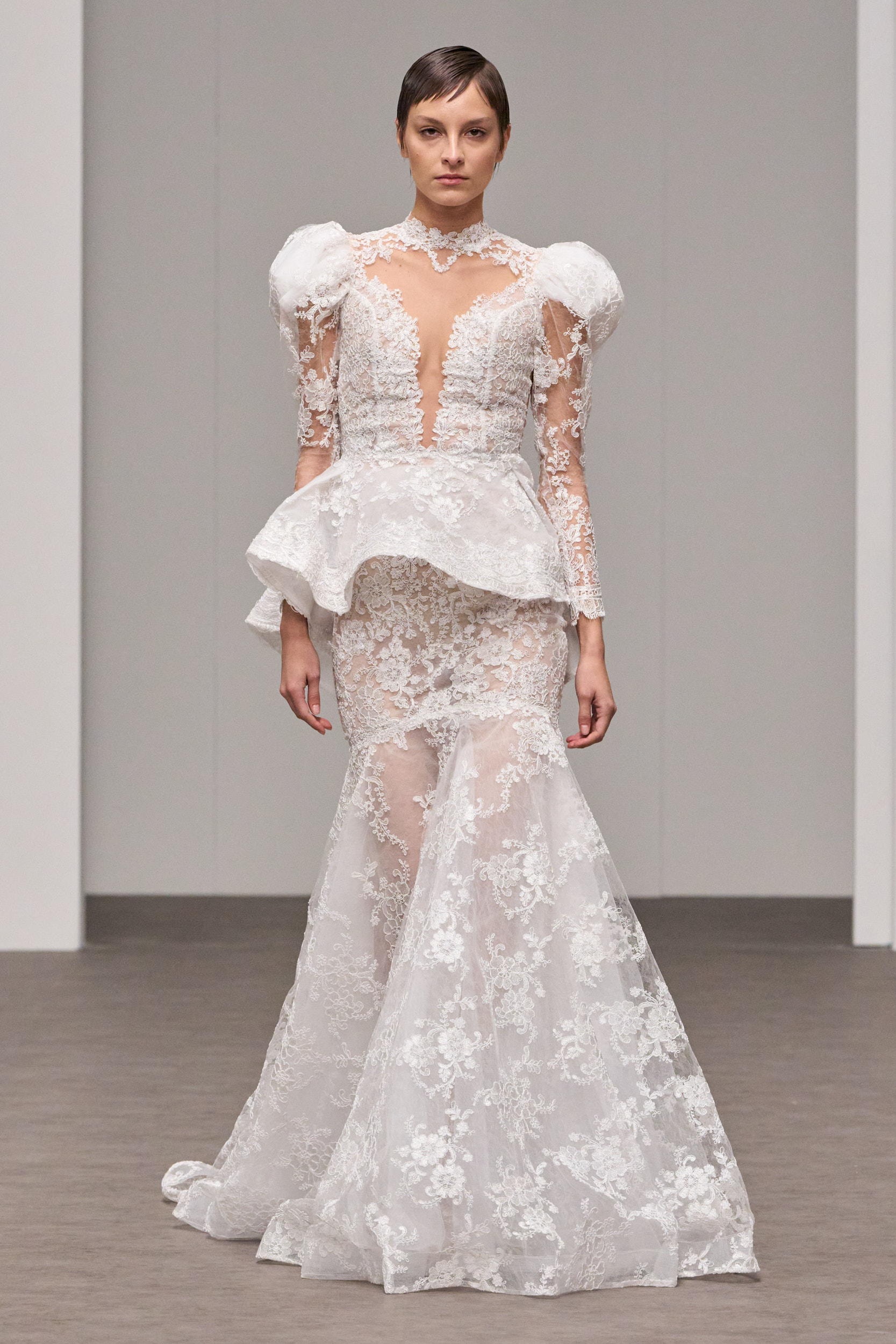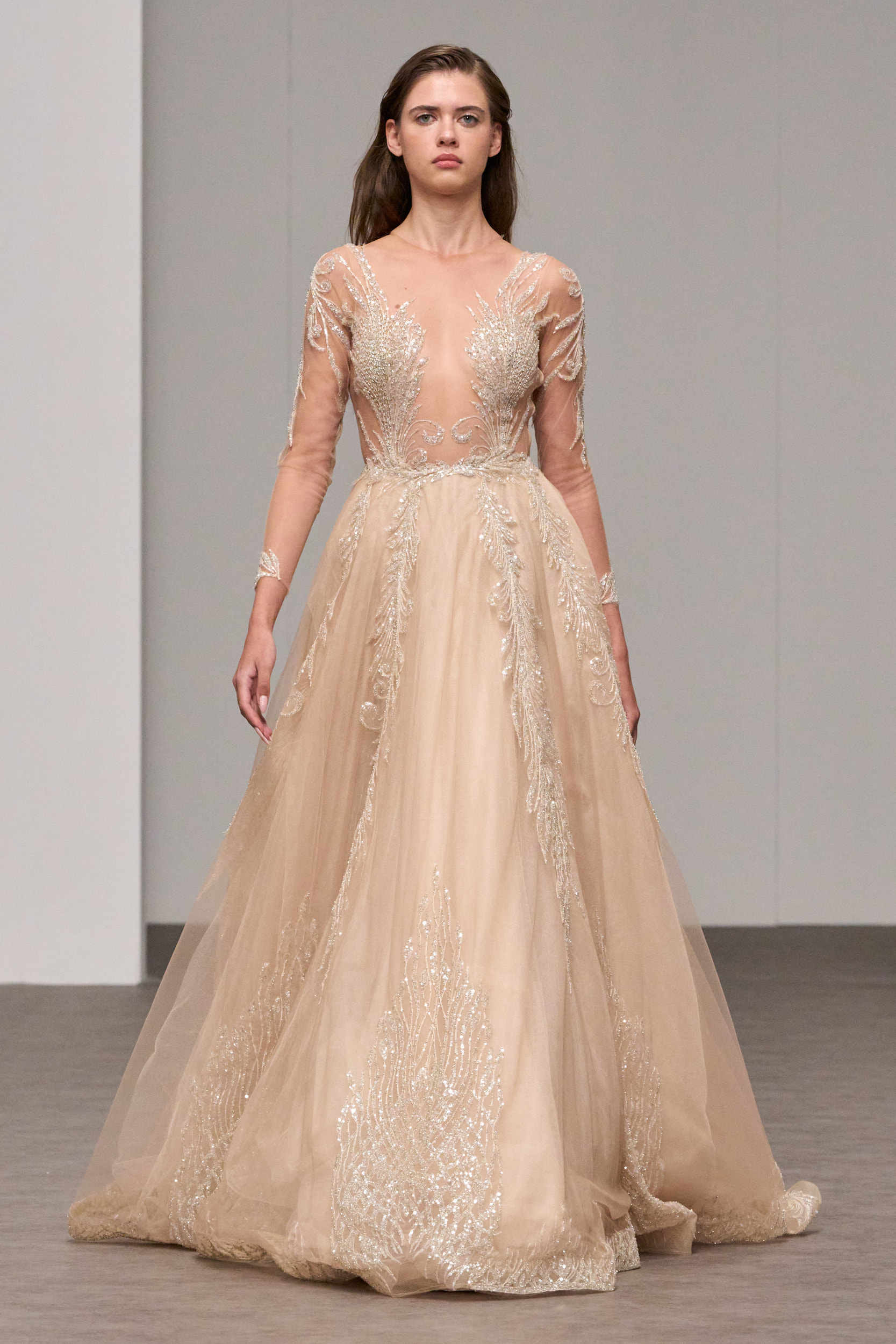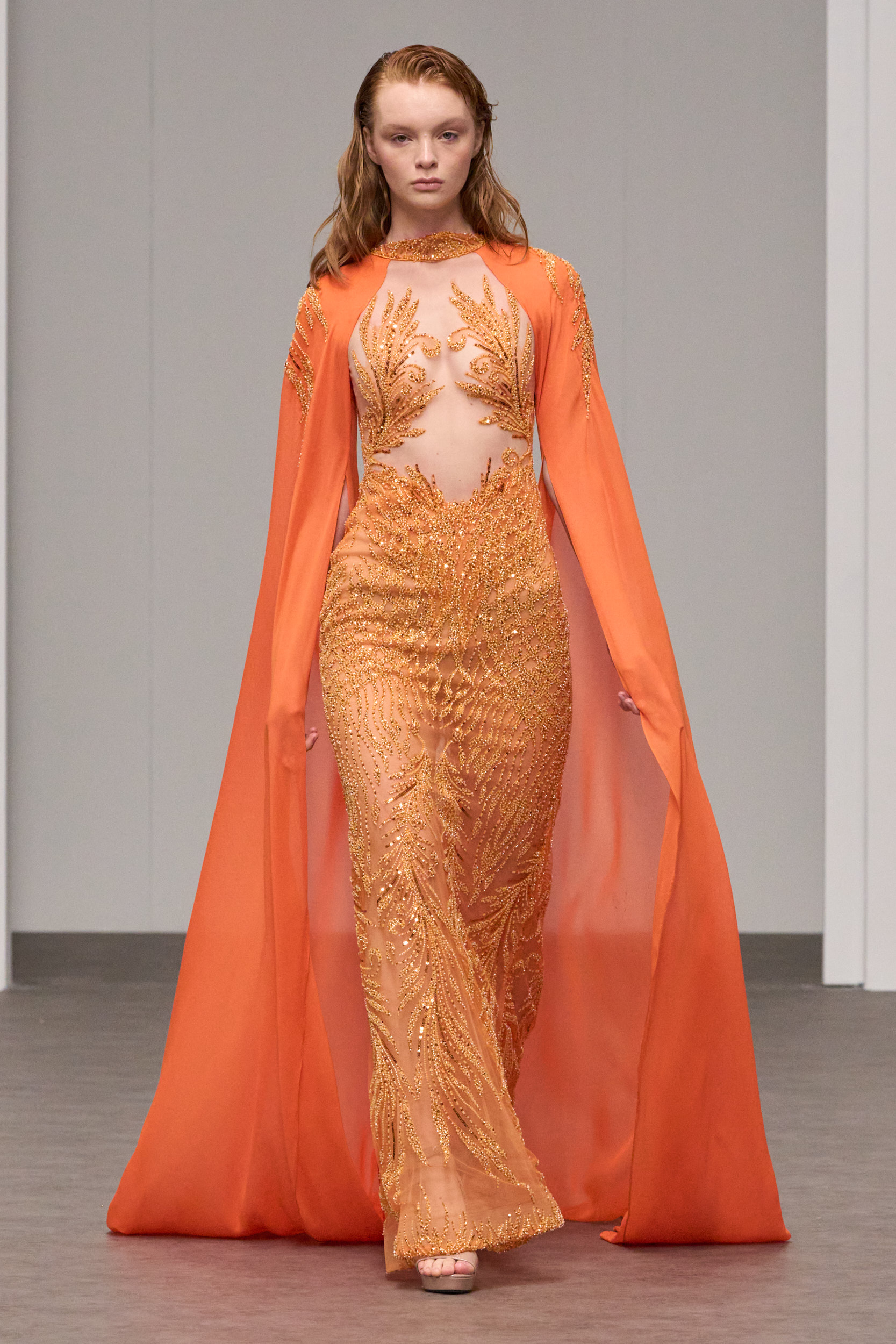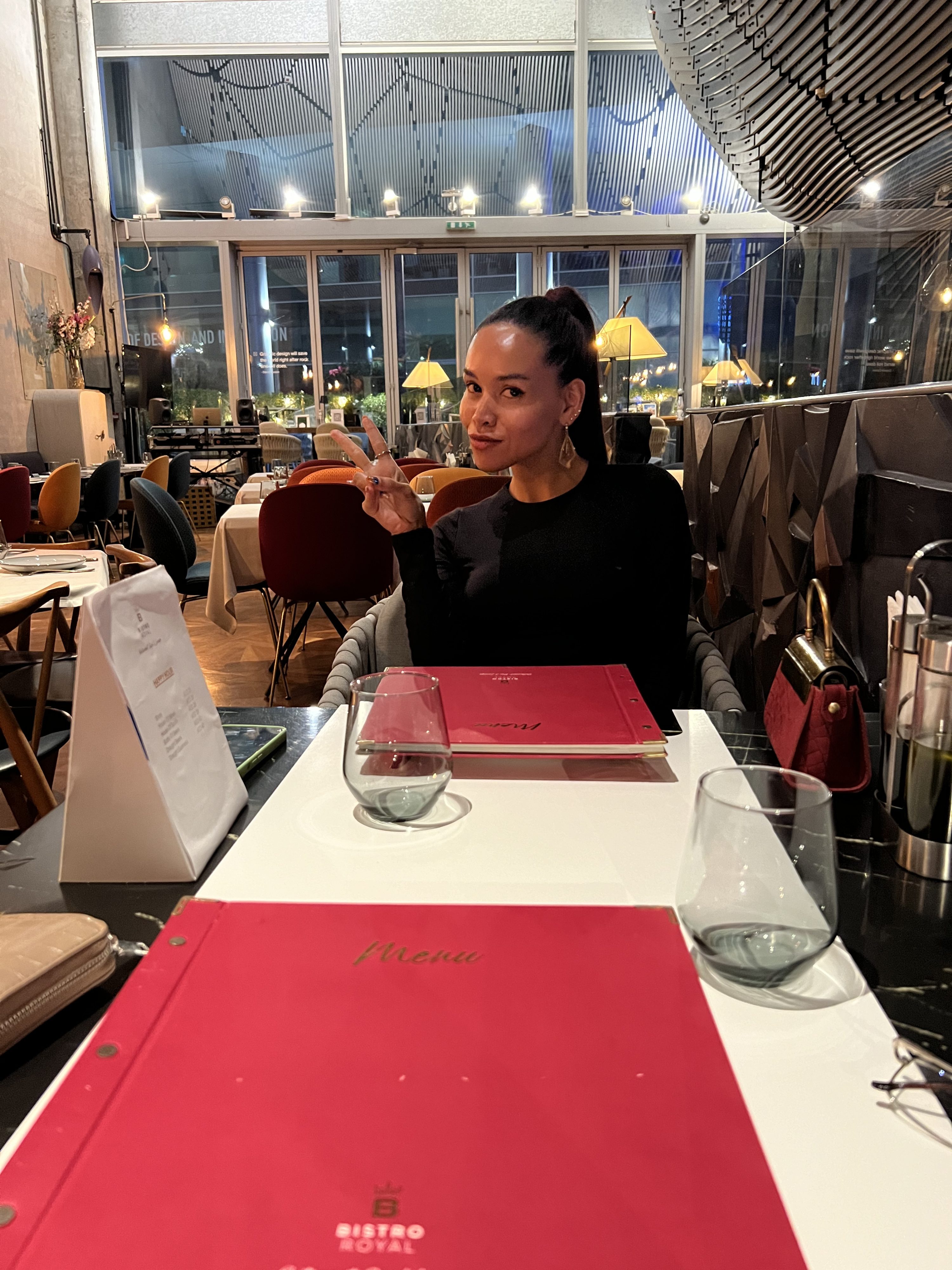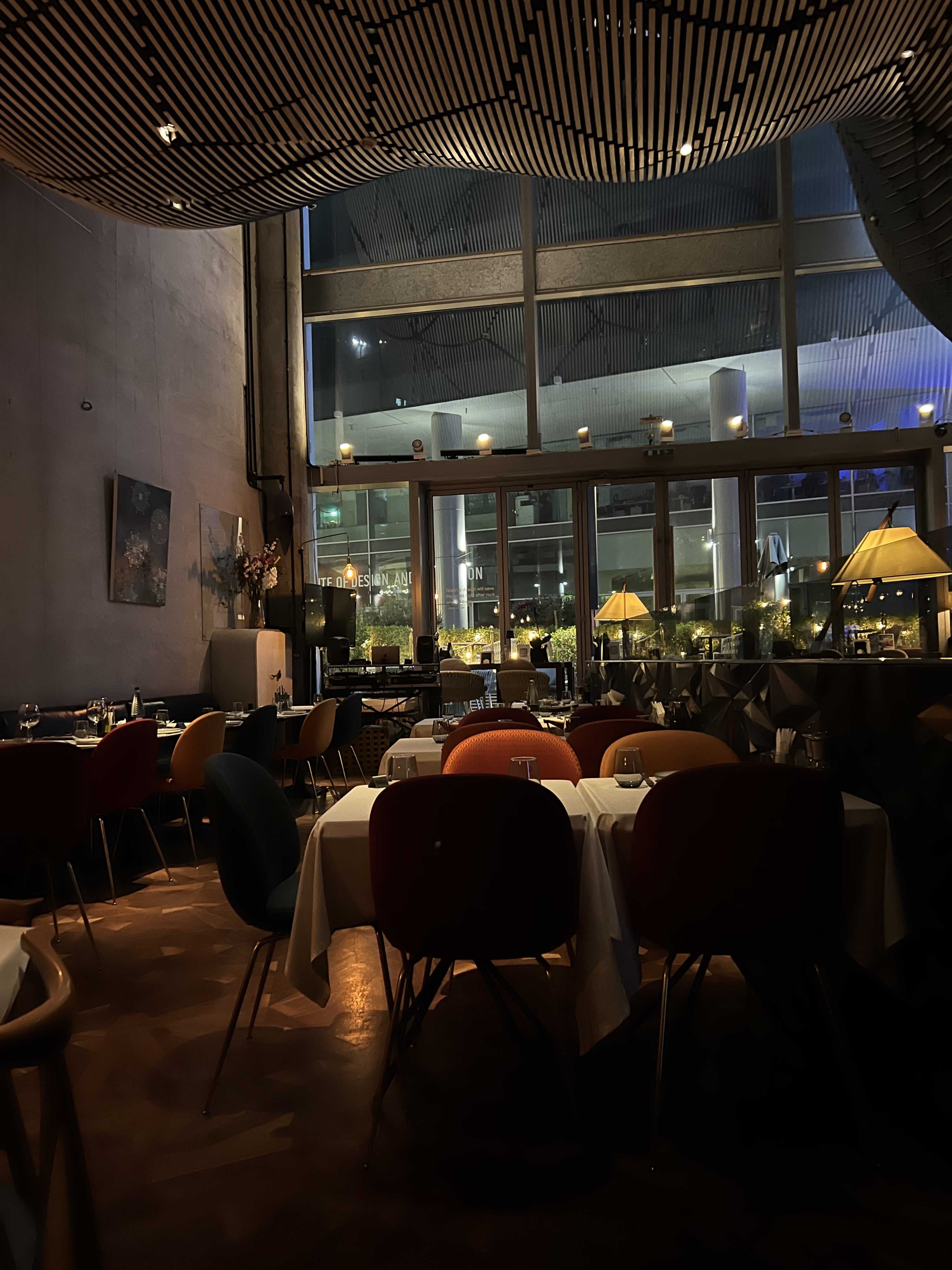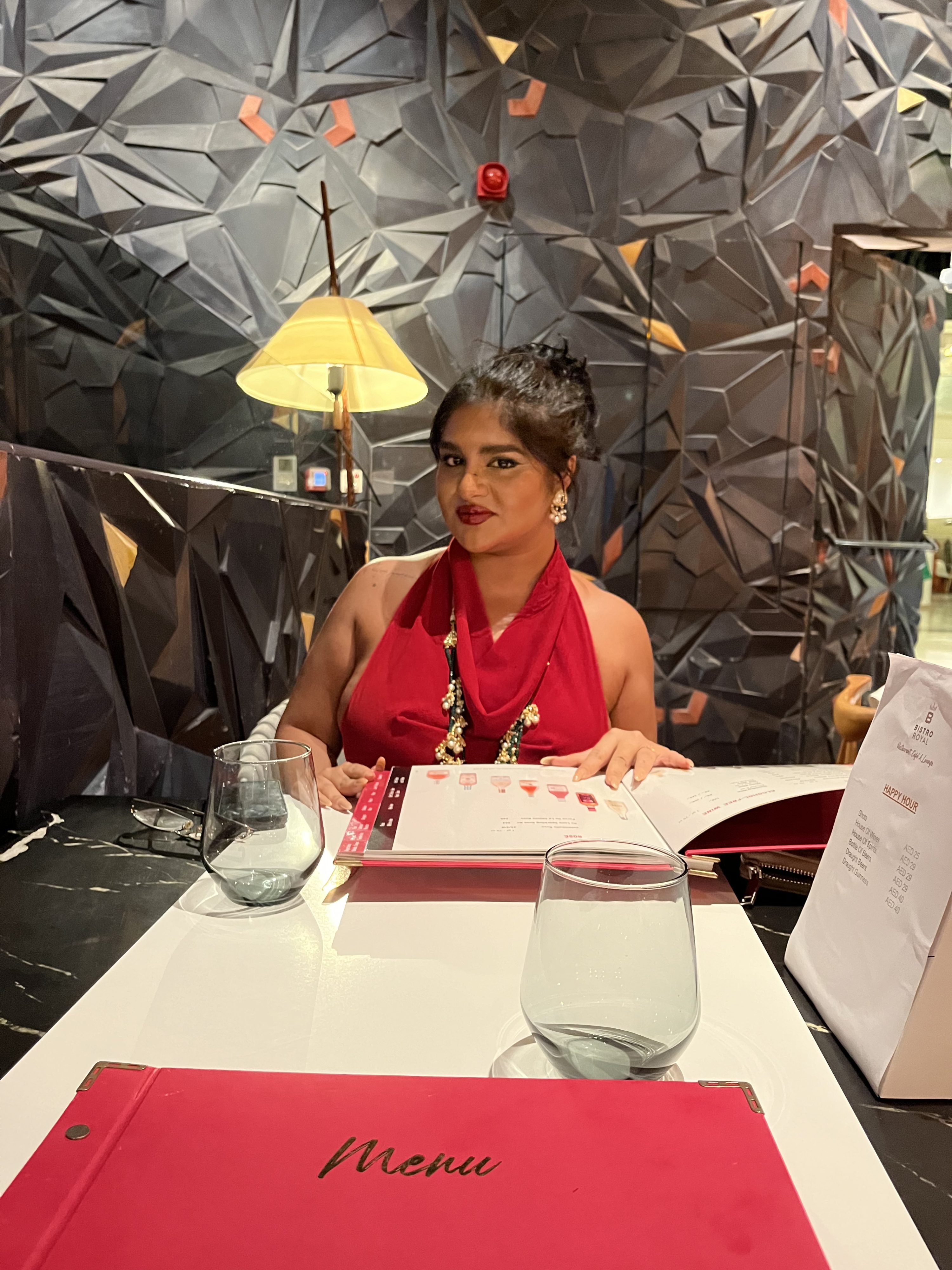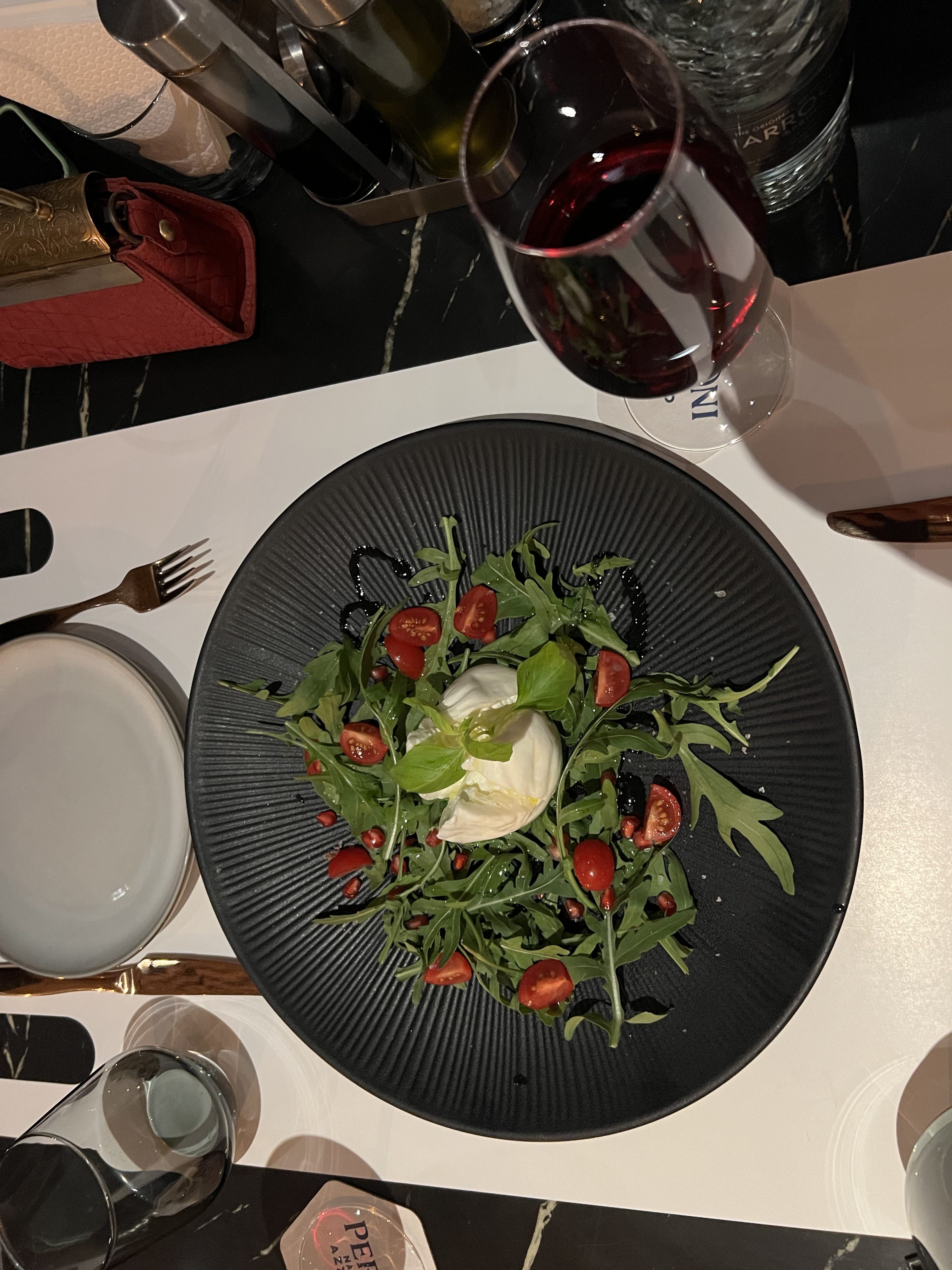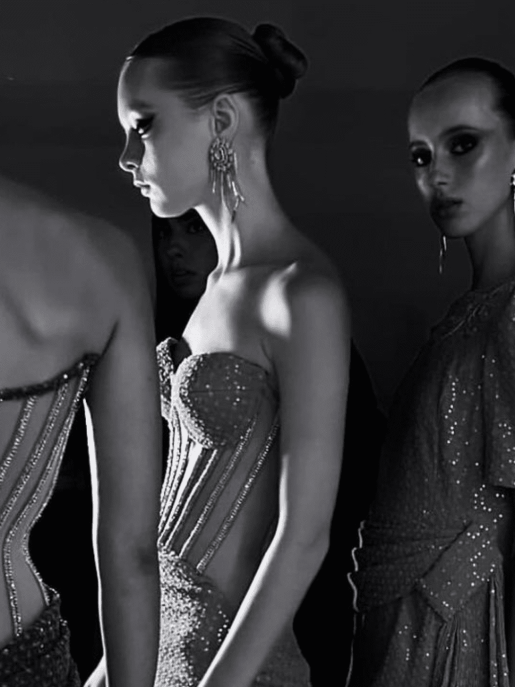Dubai Fashion Week (DFW) Spring/Summer 2025 opened with a blend of cultural homage, artistic storytelling, and a touch of organizational hiccups that left an indelible mark on the event’s first night. The runway dazzled with collections that spanned continents, but the evening was more than just about fashion—it celebrated friendship, culture, and the shared love for the art of design.
Rizman Ruzaini: A Grand Start, Marred by Seating Struggles
The night began with much anticipation as Malaysian design duo Rizman Ruzaini unveiled their SS25 collection, Mustika, a name that evokes the idea of something treasured, much like the cultural heritage it seeks to honor. The collection drew its inspiration from the 1999 film Perempuan Melayu Terakhir (“The Last Malay Woman”), a cinematic ode to the traditional values and aesthetics of Malay culture. The film’s influence was palpable in the collection’s narrative, which celebrated the timeless elegance of the kebaya and the intricate beauty of traditional batik motifs.
Rizman Ruzaini, a brand founded in 2005 by Rizman Nordin and Ruzaini Jamil, has always been a force in the Malaysian fashion scene, known for its ability to blend contemporary designs with deep cultural roots. Both designers hail from Malaysia, a country rich in cultural diversity, which has significantly shaped their creative outlook. Their work often reflects a deep respect for the traditions of their homeland, particularly the art of the kebaya—a traditional blouse-dress combination worn by women in Malaysia, Indonesia, and surrounding regions. The kebaya, with its delicate lace and embroidery, is a garment steeped in history, symbolizing grace and femininity.
For Ruzaini Jamil, this collection was especially personal. He drew inspiration from his late grandmother, Tok Puteh Surin, whose photograph sparked a nostalgic journey into the 1950s—a time when the kebaya was not just a fashion statement but a symbol of a woman’s identity in Malay society. The collection featured modern interpretations of the kebaya, with intricate embroidery and tambour beading that paid homage to traditional craftsmanship while embracing contemporary fashion sensibilities.
The batik motifs, another cornerstone of the collection, are deeply rooted in the history of Southeast Asia. Batik is a method of dyeing fabric using wax-resistant techniques, and it has been a part of Malaysian culture for centuries. Rizman Ruzaini’s use of these motifs was a tribute to this art form, translating the intricate patterns into modern designs that resonate with today’s fashion-forward audiences. The result was a collection that was not only visually stunning but also rich with cultural significance, a true show to the designers’ dedication to preserving and evolving Malaysia’s sartorial heritage.
However, despite the collection’s grandeur, the experience was slightly marred by logistical issues. The venue was packed, and there simply weren’t enough seats to accommodate the eager crowd. It was disappointing to see some guests relegated to sitting on the floor, especially at such a pivotal moment for the brand, which was also announcing the opening of their new store in Dubai. This organizational oversight was unfortunate, as it detracted from what should have been an unblemished celebration of Rizman Ruzaini’s work.
Nevertheless, the show itself was a triumph. Each piece that graced the runway was a blend of tradition and modernity, showcasing Rizman Ruzaini’s commitment to honoring their cultural roots while pushing the boundaries of contemporary fashion. The collection was a reminder that fashion is not just about aesthetics; it’s about storytelling, heritage, and the power of design to connect the past with the present.
Amjad Khalil: A Symphony of Transformation
Libyan designer Amjad Khalil is a name that has become synonymous with innovation and emotional depth in the world of haute couture. Born and raised in Libya, Khalil’s journey in fashion is as much about self-expression as it is about pushing the boundaries of design. His work often draws from the rich tapestry of North African culture, blending traditional elements with modern aesthetics to create pieces that resonate on both a visual and emotional level.
Khalil’s Beyond Black collection, presented at Dubai Fashion Week SS’25, was no exception. The collection was more than just a display of haute couture—it was a deeply personal narrative, a journey of transformation that the designer has experienced in his own life. The title, Beyond Black, reflects a movement from darkness into light, a theme that is central to the collection and one that resonates with the broader human experience of overcoming adversity and emerging stronger.
From the moment the first model stepped onto the runway, it was clear that Khalil had meticulously crafted an experience that went beyond fashion. The composition of the show was a masterclass in storytelling, with each dress representing a chapter in this transformative journey. The fabrics flowed like poetry in motion, with dark, rich tones gradually giving way to lighter, more ethereal hues, symbolizing the passage from shadow to illumination.
Khalil’s use of music was equally masterful. The soundtrack, carefully chosen to complement the visual elements of the collection, played a crucial role in setting the tone for the show. It was more than just background noise; it was a narrative device that guided the audience through the emotional landscape of the collection. The music’s crescendo matched the climax of the show, where the transformation from darkness to light was most vividly portrayed, creating an atmosphere that was electric and immersive.
But perhaps one of the most striking aspects of the Beyond Black collection was Khalil’s attention to detail in model selection. Each model was chosen not just for their physical attributes, but for how they could embody the story being told through the garments. Their body structure and skin tone were perfectly matched to the designs, allowing the clothes to enhance the natural beauty of the wearer while also serving the narrative of transformation. This thoughtful curation added another layer to the collection, making it not just a visual spectacle, but a deeply resonant experience.
Khalil’s ability to use these elements—composition, music, and model selection—to draw the audience into his world was nothing short of mesmerizing. Every detail, from the flowing fabrics to the evocative soundtrack, was carefully curated to create an immersive experience that lingered long after the final model left the runway. It was a clear showcase of Khalil’s talent and vision, and a reminder of why he is considered one of the pioneers of the fashion industry in North Africa.
The Beyond Black collection was more than just a series of beautiful dresses; it was a powerful narrative that spoke to the resilience of the human spirit. Through his work, Amjad Khalil has once again demonstrated his unique ability to blend art and fashion, creating pieces that are as emotionally impactful as they are visually stunning.
Erick Bendana: Elevating Street Style to Luxe
Nicaraguan designer Erick Bendana has carved a unique niche in the fashion world, where he effortlessly blends the raw energy of street style with the refined elegance of luxury fashion. His latest collection, 505, presented at Dubai Fashion Week SS’25, was a testament to his ability to transform everyday streetwear into something sophisticated, luxurious, and undeniably chic.
Bendana, born and raised in Nicaragua, draws heavily from his cultural roots, infusing his designs with the vibrant spirit of his homeland. The collection’s name, 505, is a direct reference to Nicaragua’s country code, symbolizing a deep connection to his heritage. His designs often incorporate traditional elements such as prints inspired by Nicaraguan folklore, dances, and symbols, giving his work a distinct identity that resonates on a global stage.
The show began with a subtle yet powerful nod to Nicaraguan heritage, as Bendana introduced the audience to the cultural richness that underpins his designs. The runway was a canvas where street style met luxury, each piece telling a story of transformation. Bendana’s genius lies in his ability to take elements that are often considered casual or everyday and elevate them into something that exudes sophistication. Whether it was the use of bold prints, unexpected fabric combinations, or the incorporation of traditional Nicaraguan motifs, every detail was meticulously crafted to bridge the gap between streetwear and high fashion.
One of Bendana’s defining characteristics as a designer is his consistent ability to weave cultural elements into his collections in a way that feels both modern and timeless. His pieces are not just garments; they are narratives that reflect the designer’s deep respect for his heritage while embracing contemporary fashion trends. This delicate balance is what sets Bendana apart in the competitive world of luxury fashion.
The grand finale of the 505 collection was nothing short of spectacular. As the models took their final walk, the transition from street style to high fashion became even more evident. Bendana’s signature evening and bridal gowns, which have become a hallmark of his brand, were the perfect culmination of the show. These pieces, with their intricate detailing and luxurious fabrics, showcased how street style can be transformed into something truly extraordinary. The gowns, though rooted in the same cultural and stylistic influences as the rest of the collection, stood out for their elegance and grandeur, leaving the audience in awe of Bendana’s creativity and craftsmanship.
What always amazes me about Bendana’s work is his ability to make fashion that feels both accessible and aspirational. His designs speak to a wide audience, resonating with those who appreciate the edginess of street style as well as those who seek the sophistication of luxury fashion. In 505, Bendana once again demonstrated his prowess in blending these seemingly disparate worlds, creating a collection that was as diverse as it was cohesive.
Erick Bendana’s 505 collection was a masterclass in how street style can be elevated to the realm of luxury. Through his innovative designs and deep cultural connections, Bendana continues to push the boundaries of fashion, proving that the streets and the runway are not as far apart as they might seem. His work is a celebration of identity, culture, and the transformative power of fashion, leaving a lasting impression on everyone fortunate enough to witness his creations.
After a night of fashion and culture, I wrapped up the evening with a small, intimate dinner at Bistro Royal in the Design District. It had been a long time since I connected with Punya, a dear friend I met during the first Dubai Fashion Week, and the dinner was the perfect opportunity to catch up.
Bistro Royal, with its chic ambiance and warm lighting, provided the ideal setting for our reunion. The food was impeccable, particularly the perfectly cooked meat that we couldn’t stop raving about. It was one of those evenings where everything aligned—the company, the conversation, and the atmosphere—all contributing to a wonderful start to a new month.
The opening night of Dubai Fashion Week SS’25 was a blend of highs and lows, with breathtaking collections that showcased the best of global fashion, tempered by a few organizational glitches. Yet, even with the seating issues at Rizman Ruzaini’s show, the evening was a success, leaving everyone eager for what the rest of the week has in store.
As the night ended at Bistro Royal, with laughter and good food shared among friends, it was a reminder that fashion is not just about the clothes—it’s about the connections we make, the stories we tell, and the experiences we share. Here’s to the start of what promises to be an unforgettable fashion week in Dubai.


